See the Video
About Ice plants
Succulent ice plants have in common shimmering, daisylike flowers. The bloom time for most is spring. Typically for the rest of the year, they're merely green or blue-green mounds. However, one noteworthy for blooming on and off all year is Lampranthus 'Lemon'.
Brilliant ice plant flowers are the daytime equivalent of neon lights. Those shown here do best in Zones 8-11. For cold-climate ice plants (notably those in the genus Delosperma), go to Hardy Succulents.
Here and in my corresponding video, you'll see eight of the best ice plants for gardens and landscapes. Colors are purple, pink, lavender, rose-red, bright red, gold, orange and yellow.
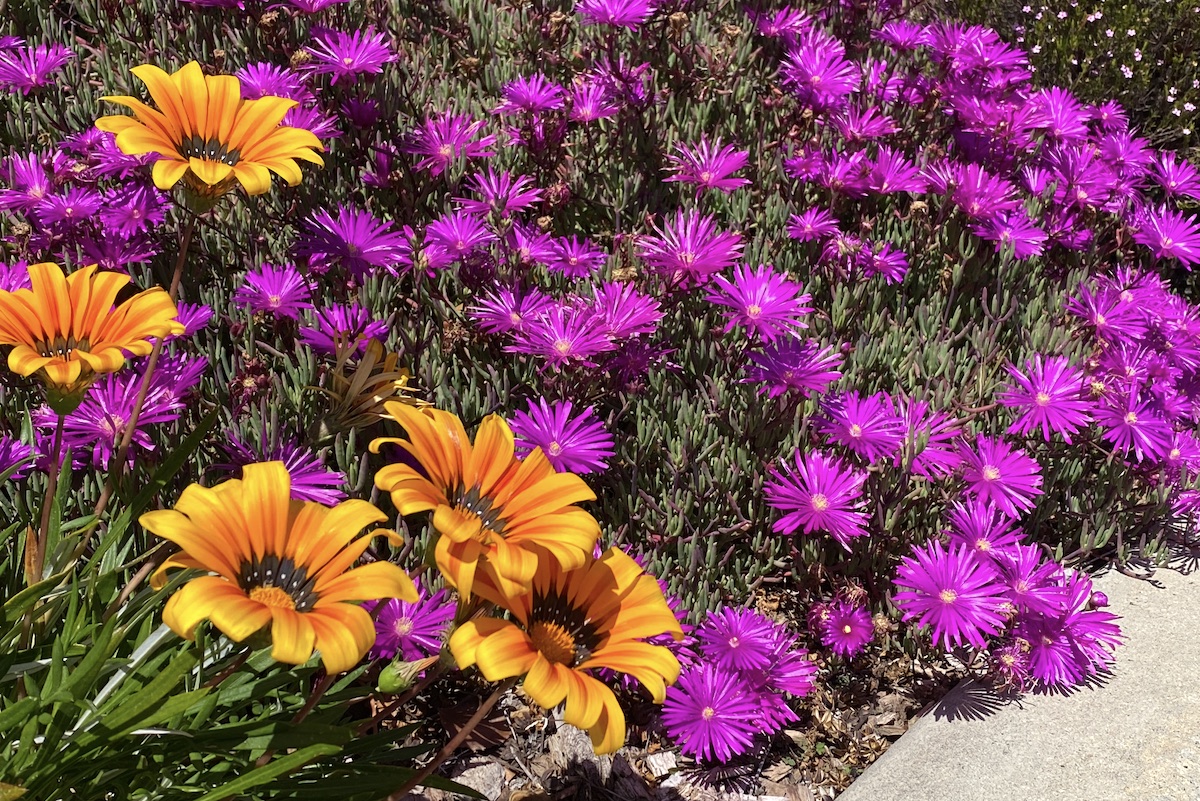
Lampranthus productus, gazanias
All combine beautifully with other succulents and similarly low-water flowering plants. When mixed with spring-blooming annuals and perennials, ice plants create living bouquets.
Btw, ice plants once were lumped into the genus Mesembryanthemum, which is why horticulturists and collectors often refer to them as "mesembs." Those in the video are Lampranthus or Drosanthemum species and cultivars.
Pests & Problems
Aptenia cordifolia (red apple), once the most common succulent ground cover in Southern California, is seldom seen nowadays due to being killed off by downy mildew. If the pathogen is known to be in your soil, play it safe and don't replant with another succulent ground cover. Rather, go with woody perennials (such as prostrate acacia), ornamental grasses, or mat-forming Dymondia margaretae.
Growing Conditions
Although ice plants like water, their roots---like those of most succulents---are prone to rot in waterlogged soil. Plant them in coarse soil that drains well. To enhance spring growth and flowering, feed with a balanced fertilizer, ideally before a rainstorm in midwinter.
Ice plants want sun---the more the better in all but desert climates. In a dappled-sun location, blooms may be sparse. Flowers close in shade and on cloudy days.
An infamous ice plant
Unfortunately when most Northern Californians hear "ice plant," they think of carpobrotus, also known as pigface, hottentot fig or pickleweed. From South Africa, carpobrotus naturalizes readily along the Pacific coast, and in some areas has crowded out native species. It's notorious for destabilizing cliffs because it gets so heavy that its tap root tumbles out, taking part of an already fragile bluff with it.
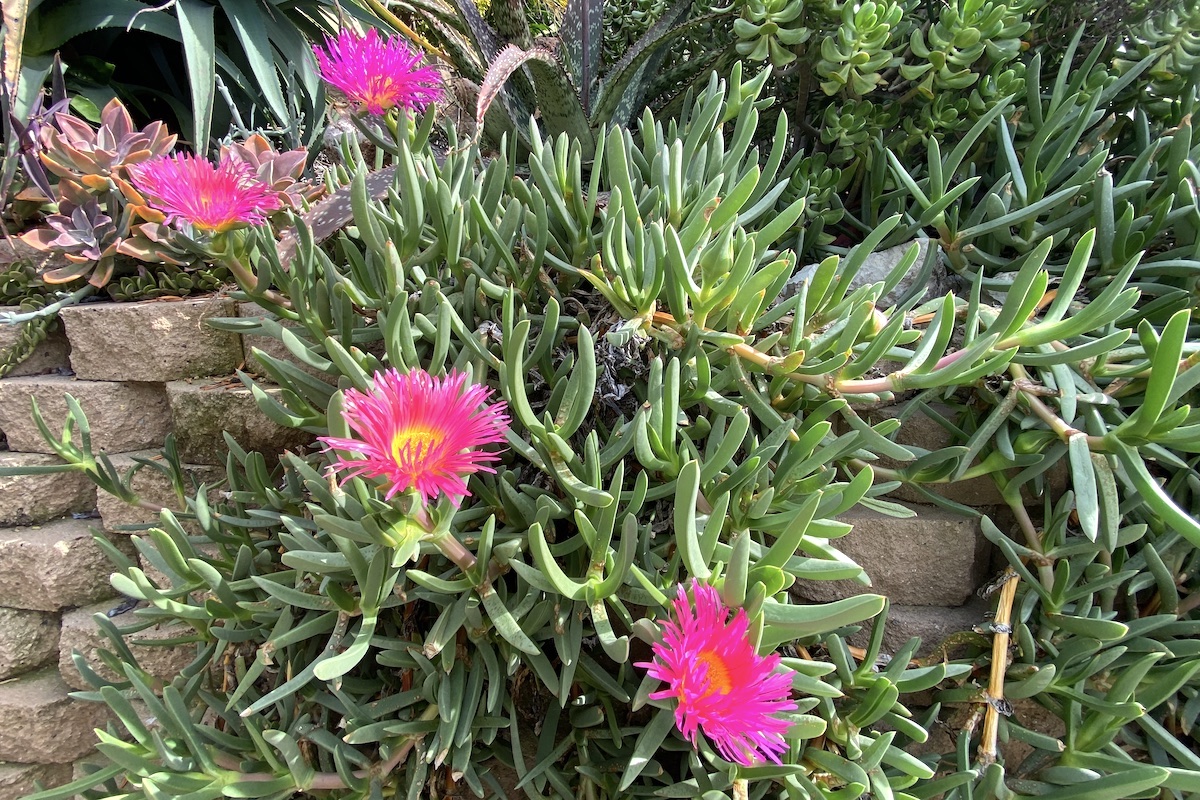
Carpobrotus (pickleweed)
In Southern California, carpobrotus often is assumed to be a good firebreak plant, but dead leaves beneath top growth can smolder long after the wildfire has passed.
Even so, this ice plant with finger-sized leaves has its uses. It’s not nearly as invasive inland---where it prefers shade for half the day---and will grow in areas of the garden where nothing else will. It needs no irrigation, stays green year-round, and produces teacup-sized pink, white, or yellow flowers.
Containers
Among the garden-and-landscape ice plants shown here, the best for containers is Lampranthus deltoides, because it doesn't need to bloom to be ornamental. Leaves are blue-gray and stems pinkish-red.
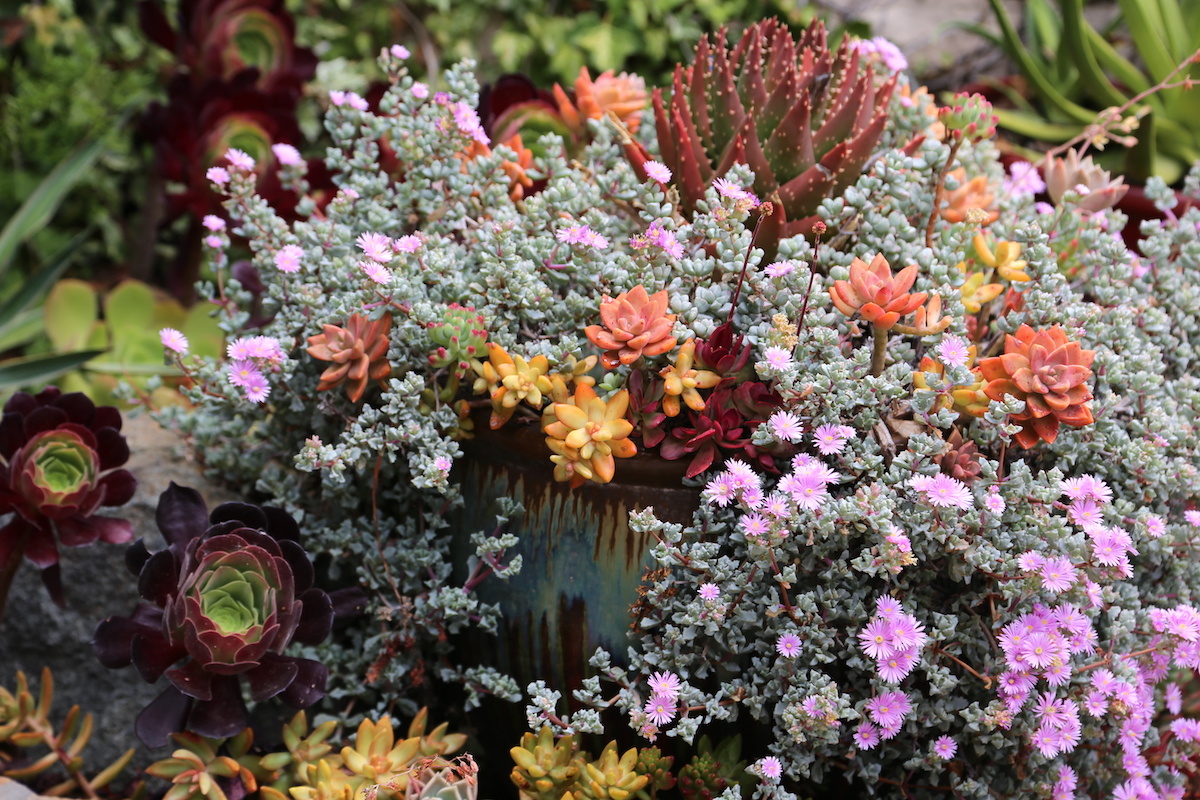
Lampranthus deltoides in pot
There are numerous small "ice plants" (mesembs) sought by collectors that are suitable only for containers. Genera include Lithops, Fenestraria, Conophytum, Faucaria, Argyroderma and Pleiospilos.
Longevity
I have Drosanthemum floribundum (rosea ice plant) on my property that was planted by the previous owners, so it's at least 30 years old. But others I've grown, notably red ice plant, only lasted a few years. Perhaps I should have pruned it...
Pruning
Ice plant tends to get stringy and woody over time, and blooms only on the tips of the stems. Without pruning, each successive year the flowers are more sparse and the plants more tangly. In late spring, when it's done blooming, shear spent flowers. Keep as much green growth as possible. This helps plants stay low and compact, and the following year they'll bloom abundantly.
Don't walk on ice plants!
Doing so crushes the leaves, which may not grow back. Being stepped on may kill entire plants that are not well established.
Resources
Where to buy Ice plants
See my list of succulent nurseries and destinations for Southern CA.
Most large nurseries and garden centers sell ice plants in spring.
Find Lampranthus 'Lemon' at Oasis Water Efficient Gardens nursery, Escondido (no online sales).
Books
For more information, see my books Succulents Simplified and Designing with Succulents.
Spring in My Succulent Garden: Flowers Wow with Bold, Hot Hues
See the best ice plants in my video
Succulent Ice Plants for Your Garden: How to Select, Use and Combine (7:39)
Ice Plant Gallery
When ID'ing ice plants, don't just go by the flowers, which may look much the same on different kinds. It's the leaves that make various genera distinctive. If you think I've ID'd these or any plants incorrectly, I definitely want to know. Please leave a comment or email me. I hope you enjoy these brilliant bloomers! — Debra Lee Baldwin
Types of Succulents from Aeonium to Zebra Plant, Photos & IDs
Debra’s Dozen Easy-Grow Succulent Plants for Beginners
Trying to make sense out of succulents? There are numerous varieties, but these are the most common succulents and those you’ll likely run across. Enjoy growing and discovering these fascinating “plants that drink responsibly!”



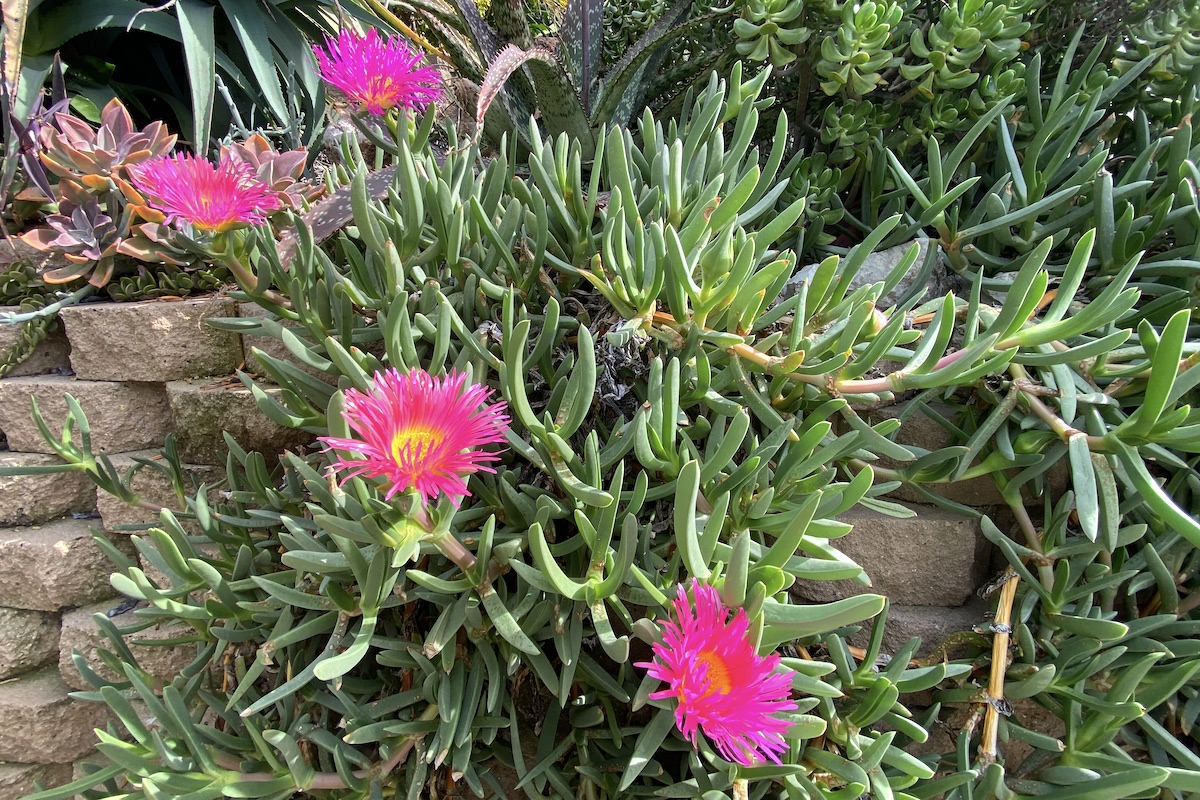
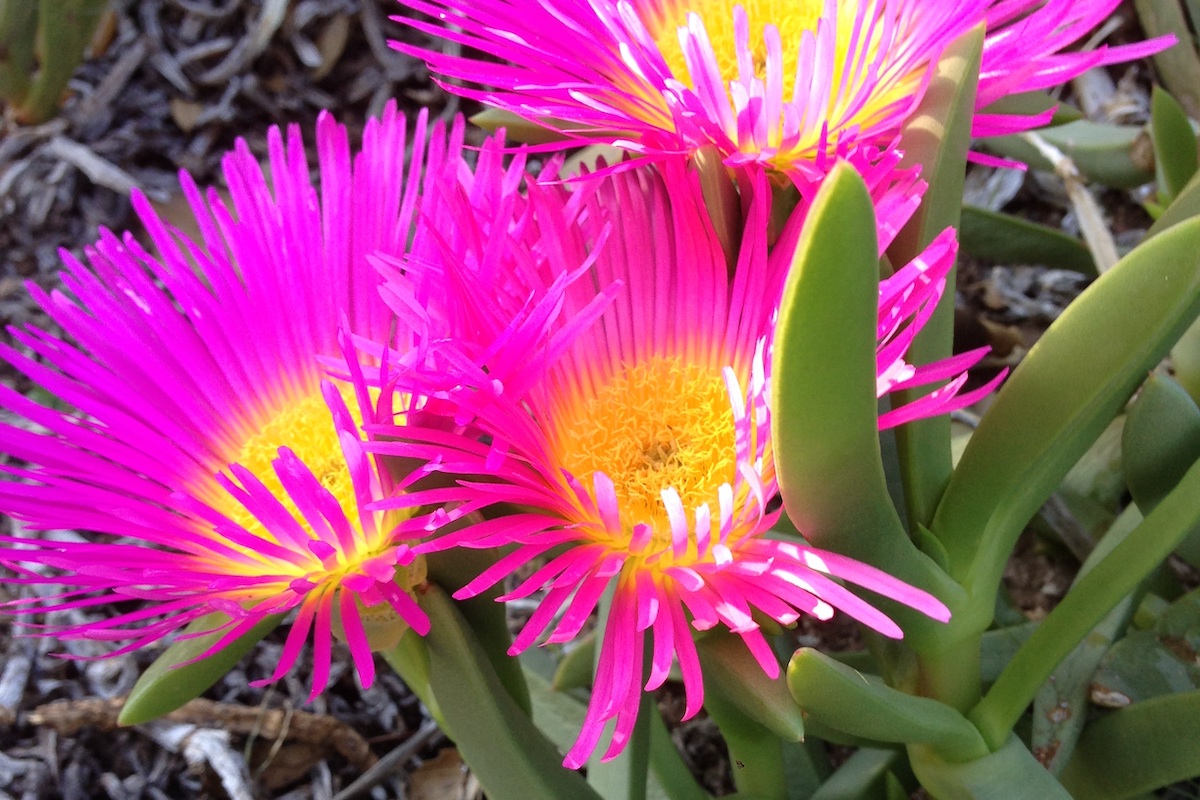
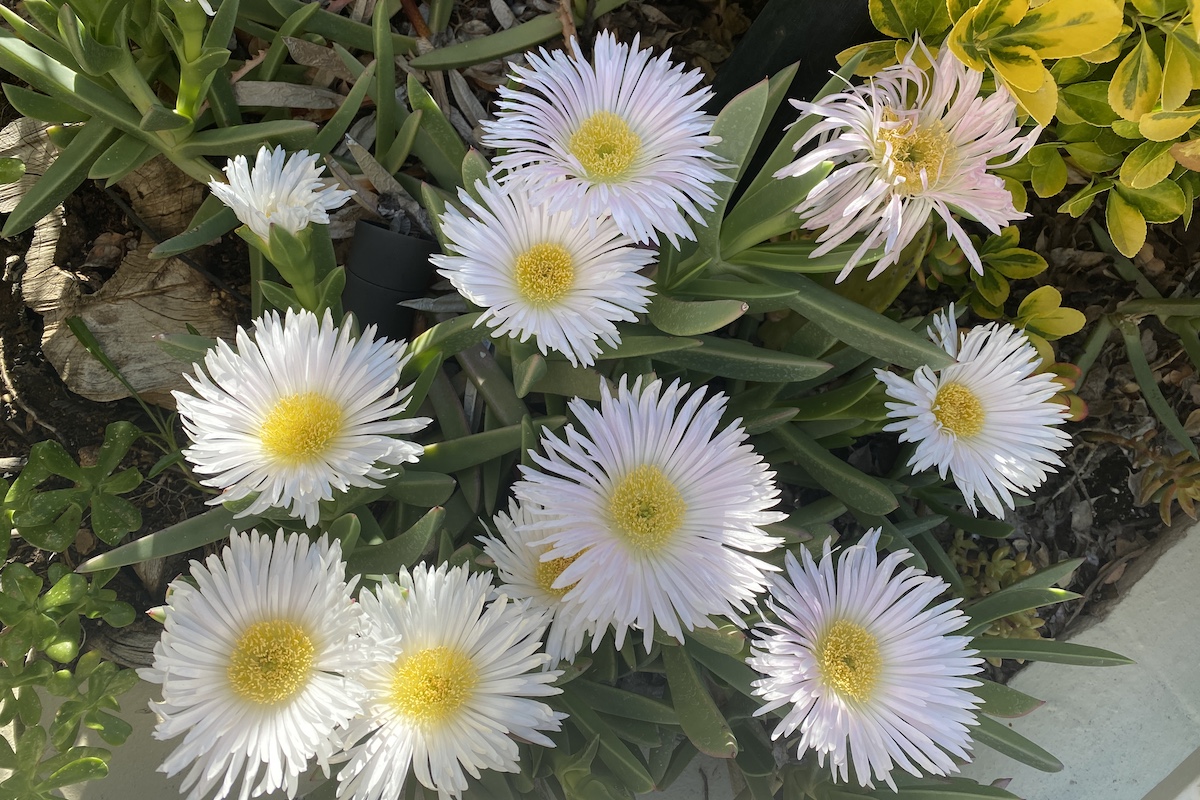
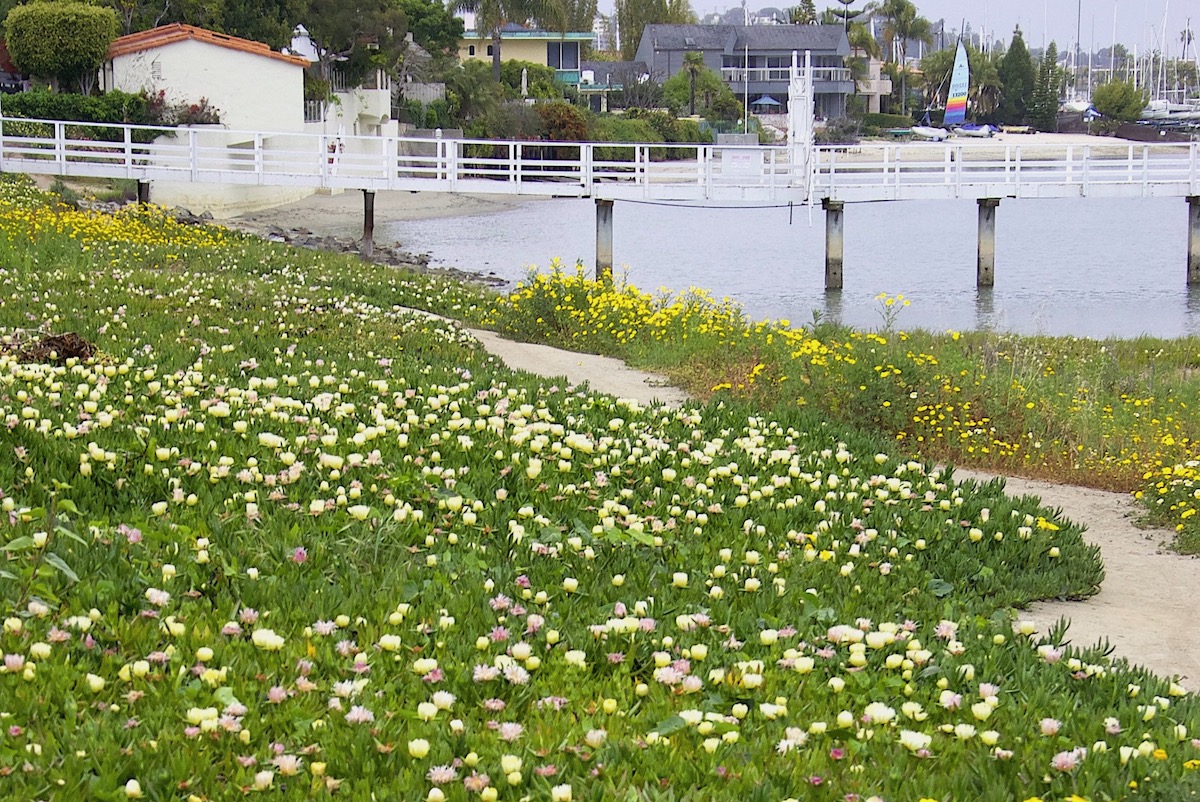
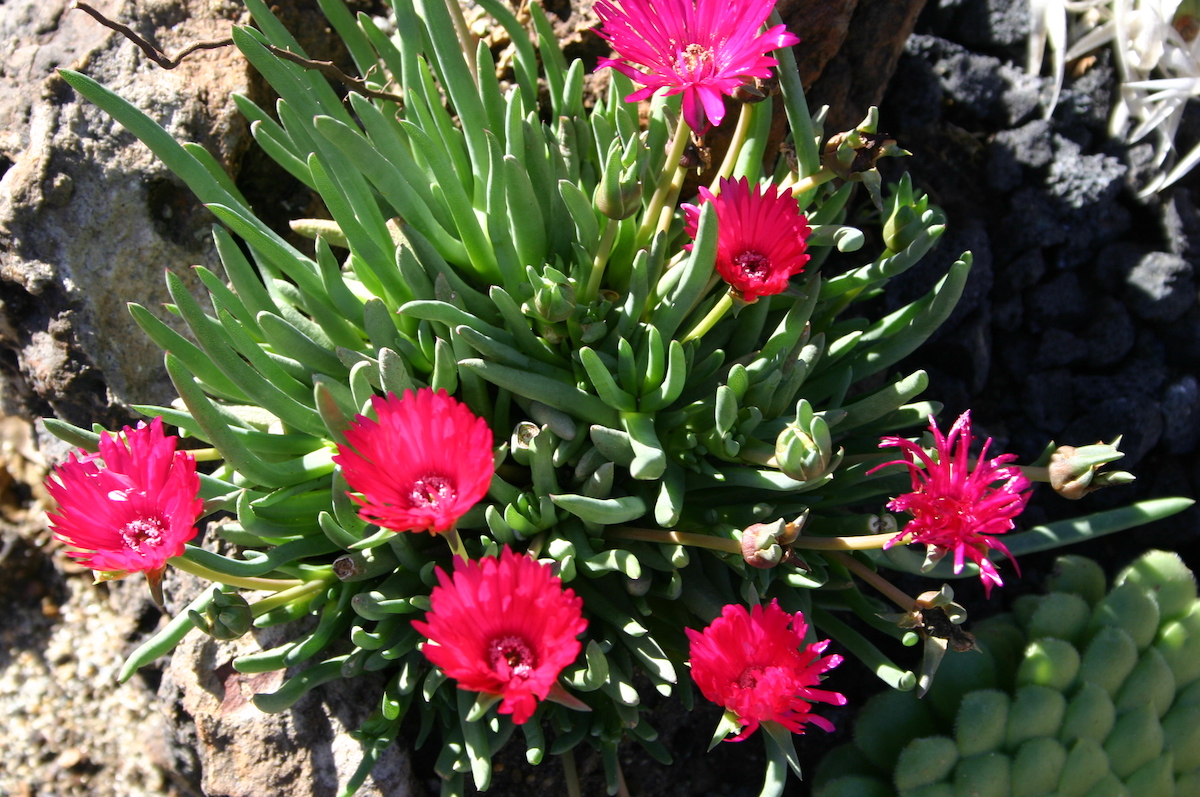

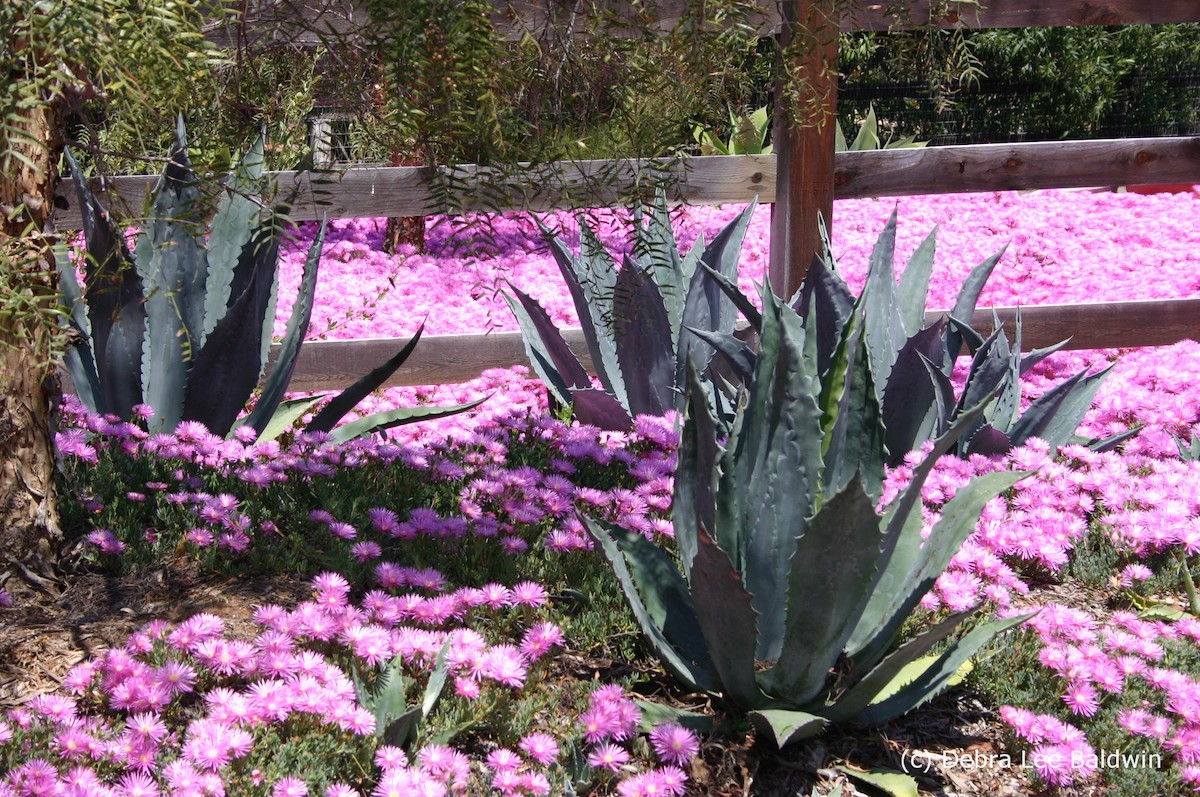
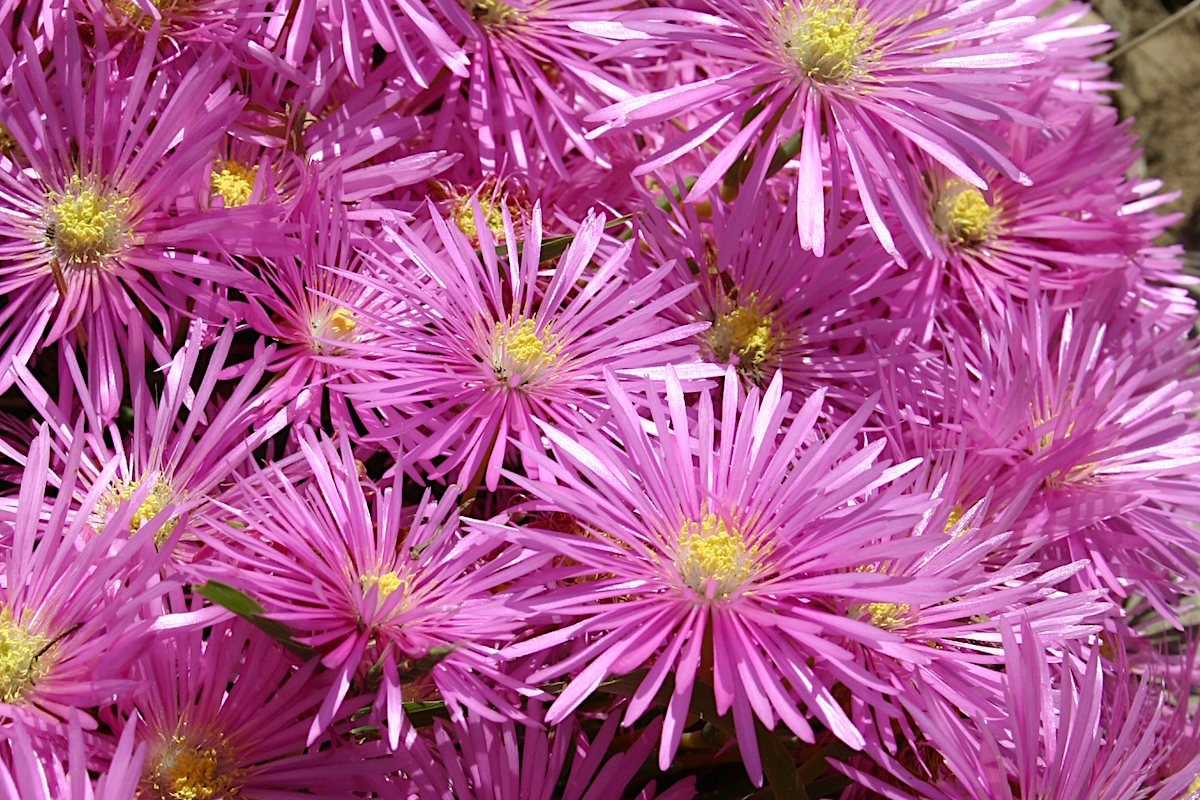
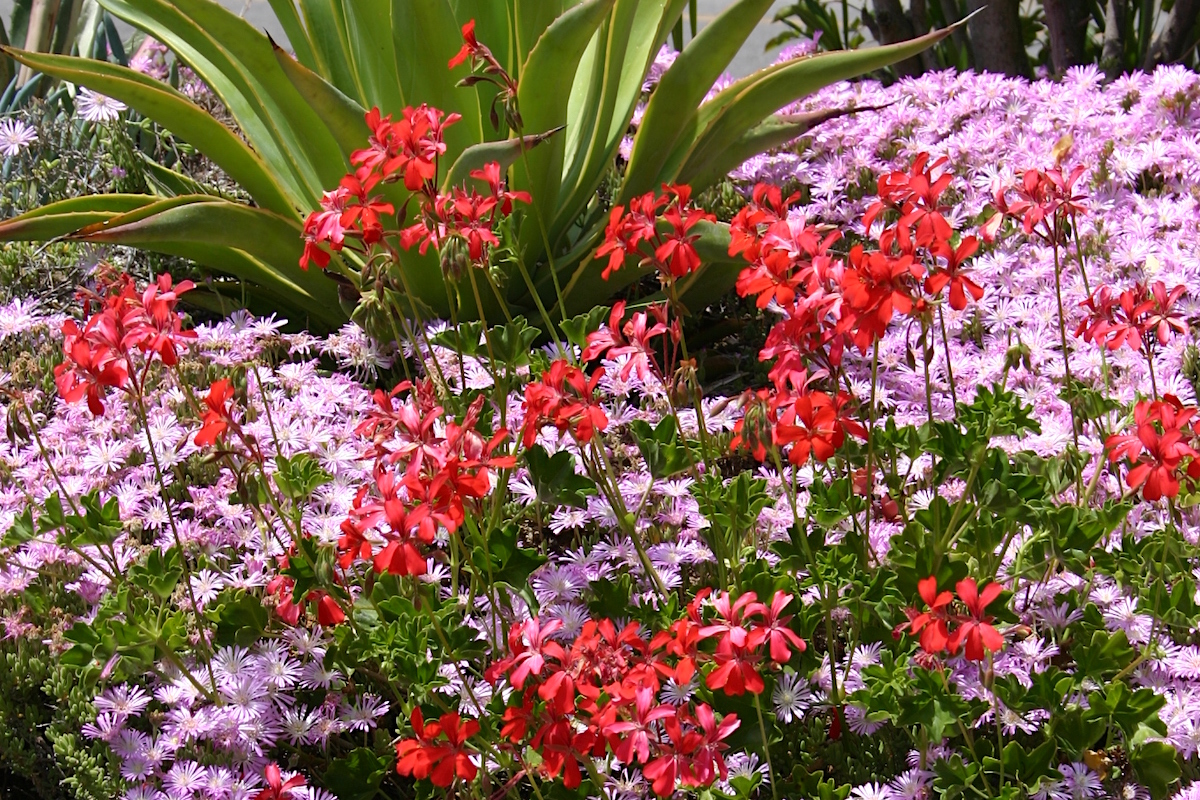

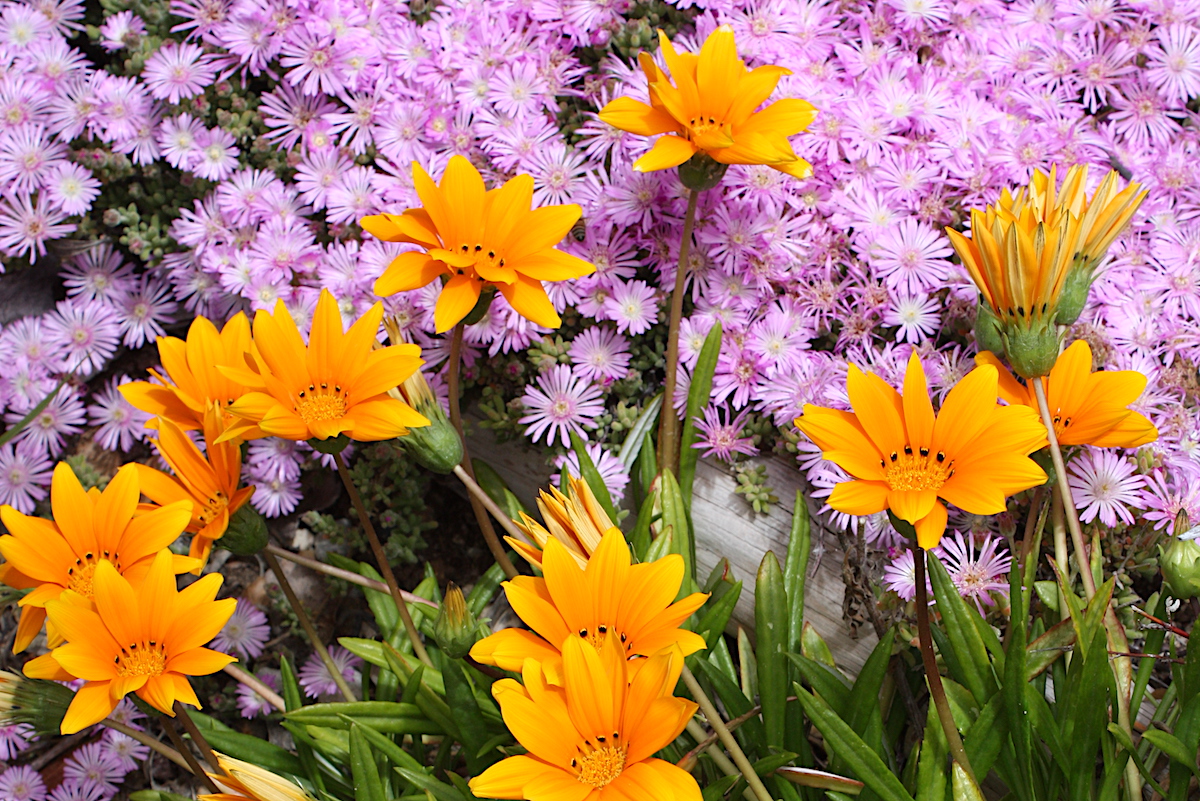

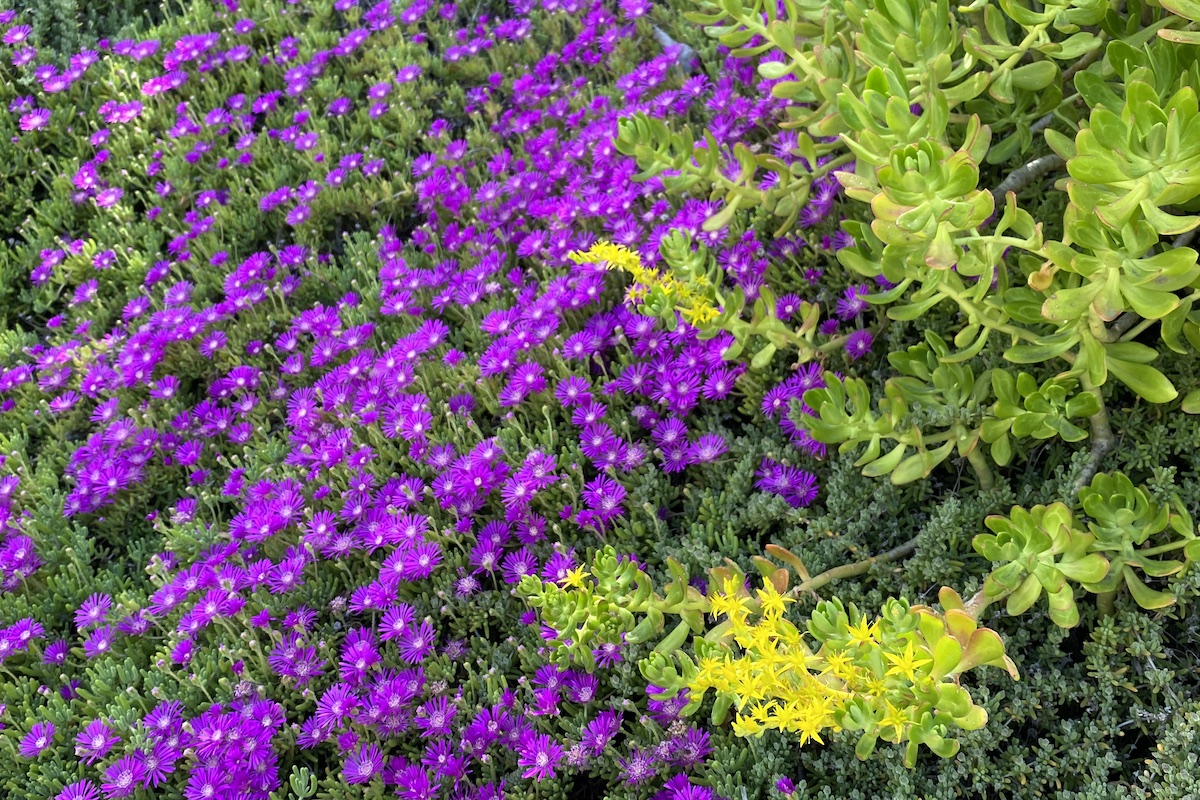
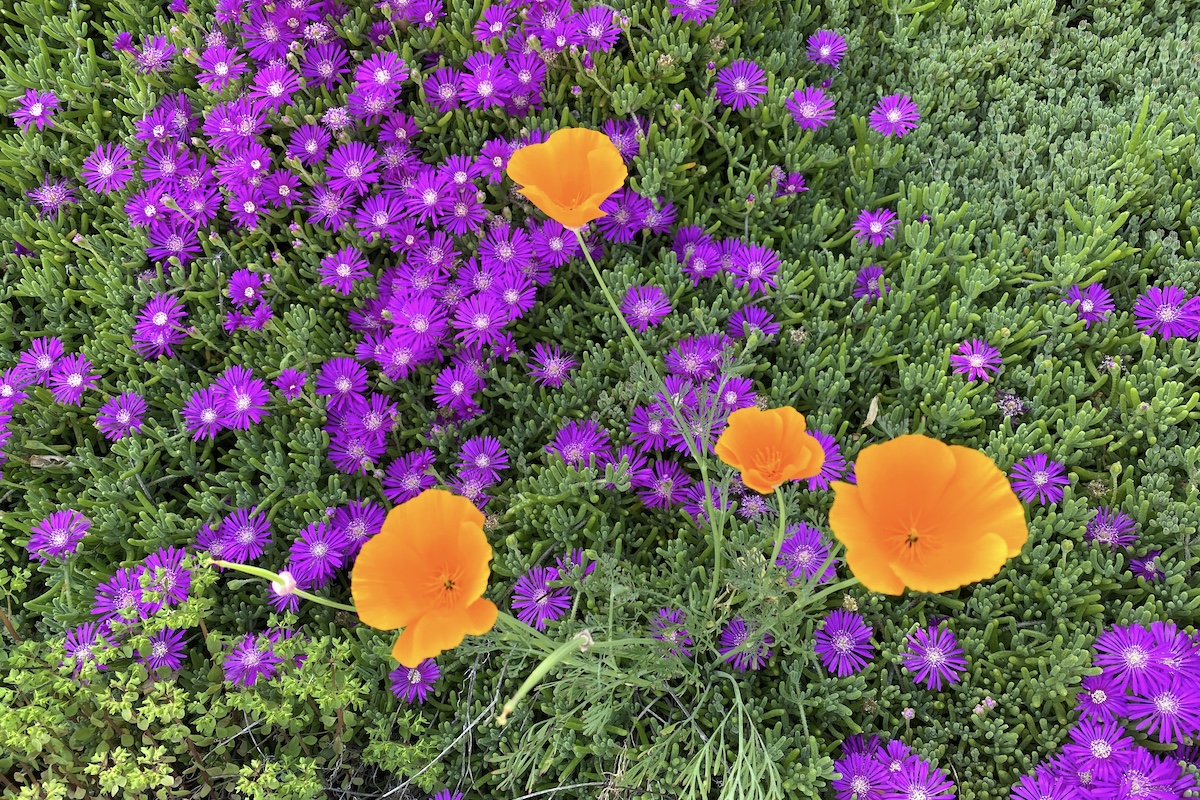


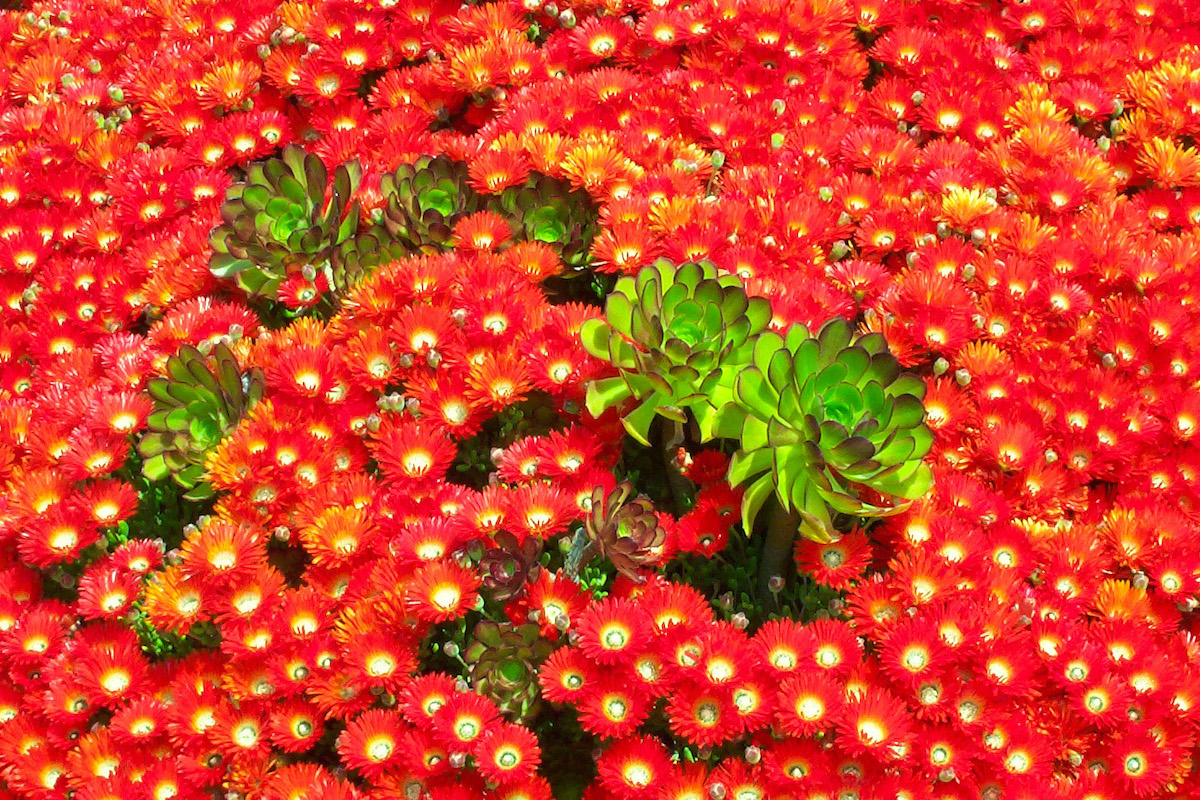
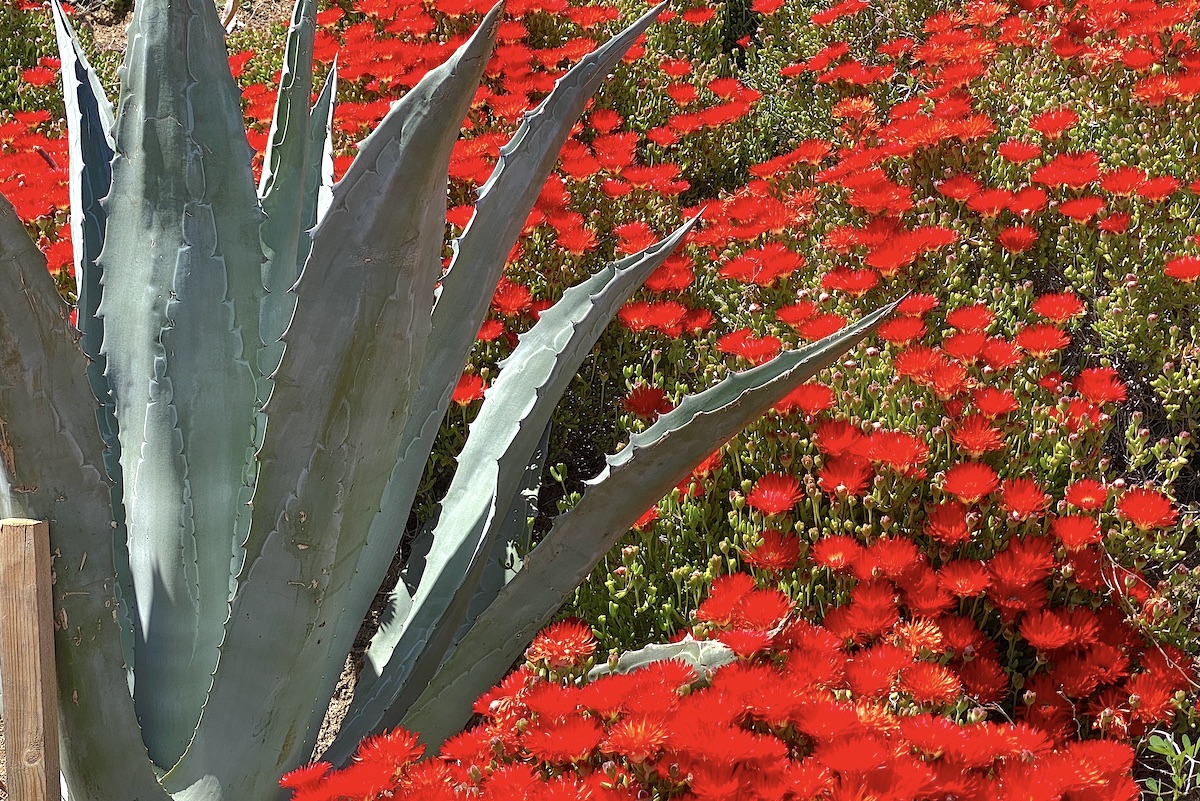


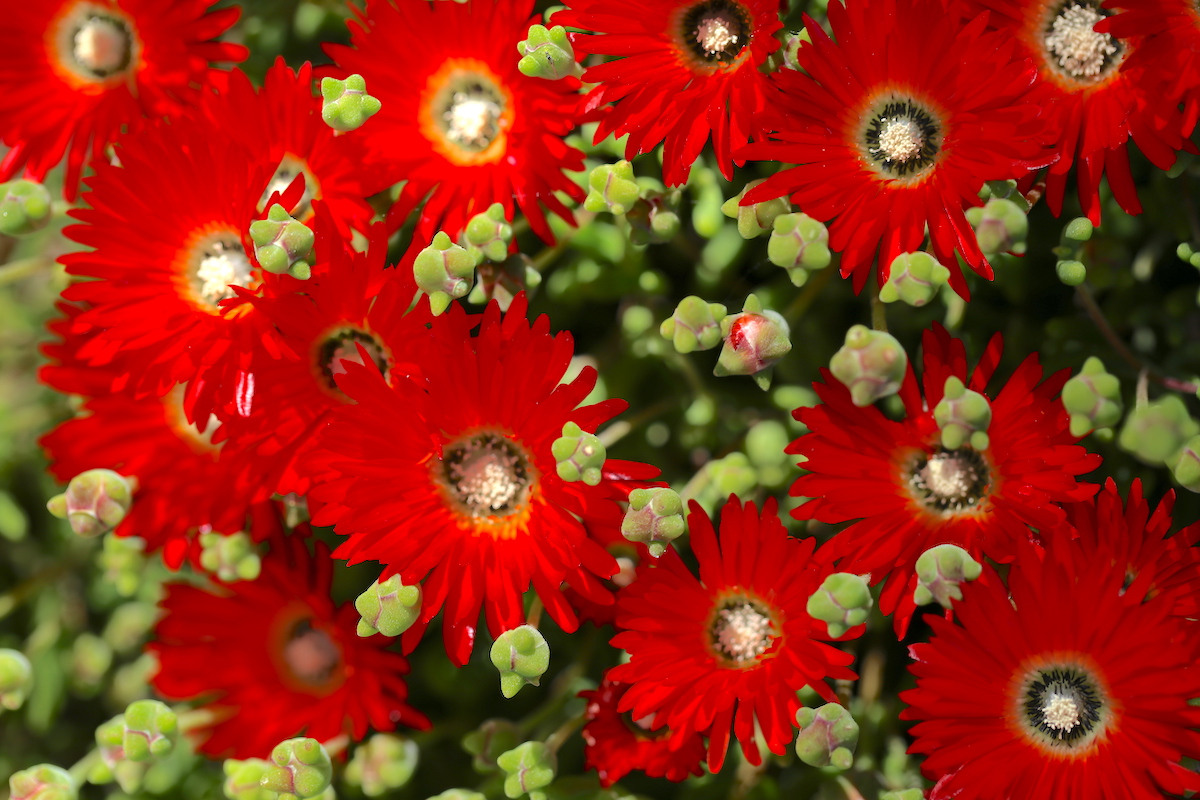

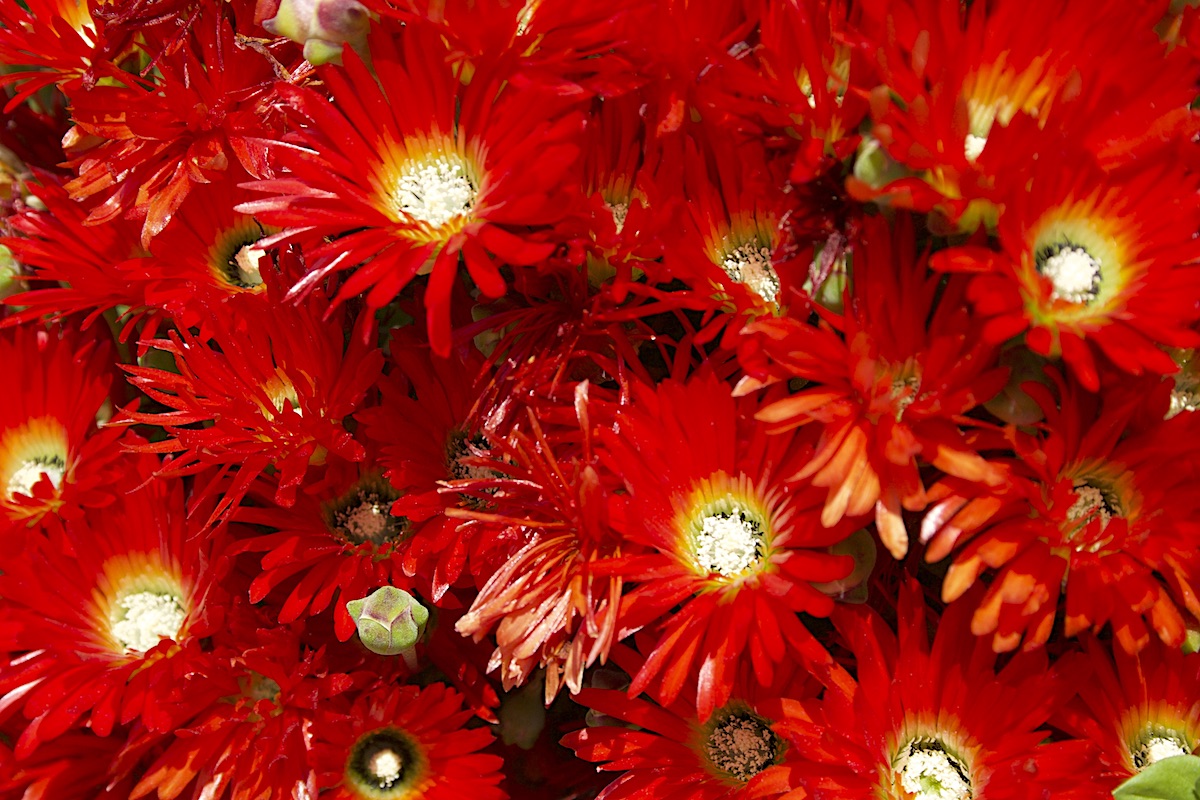
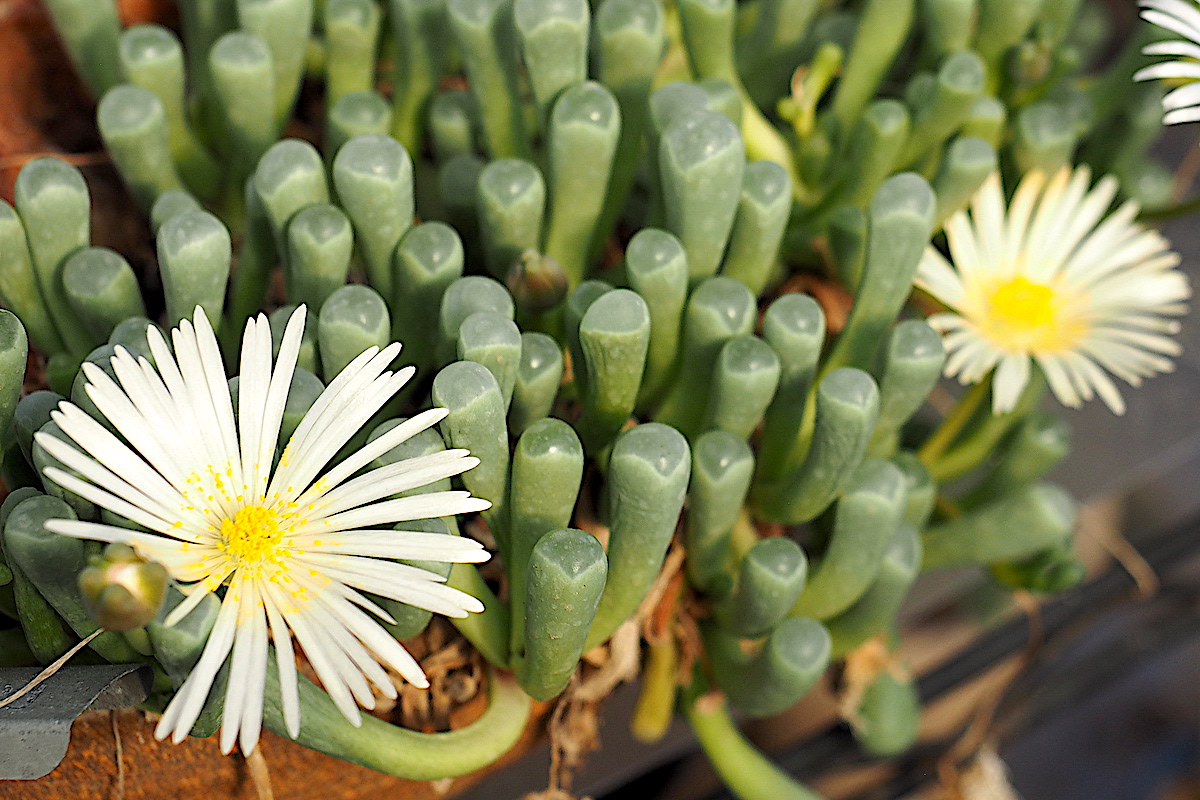
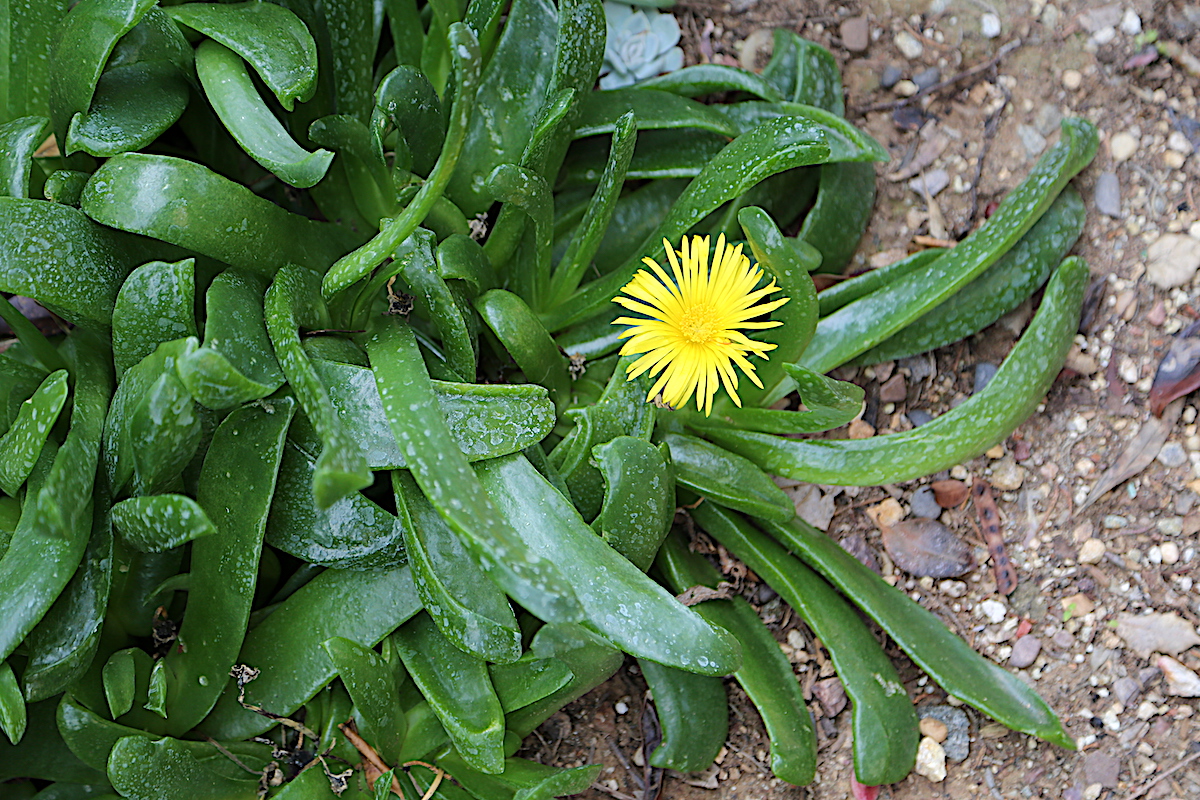
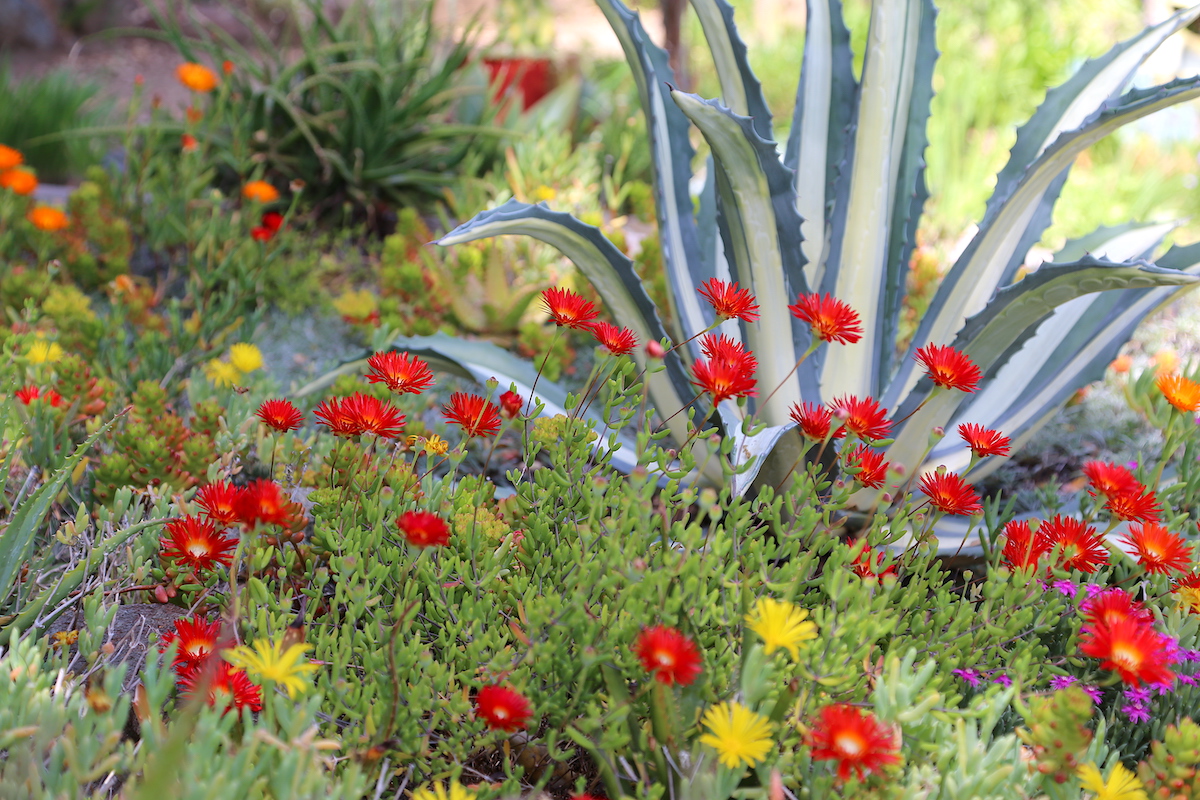
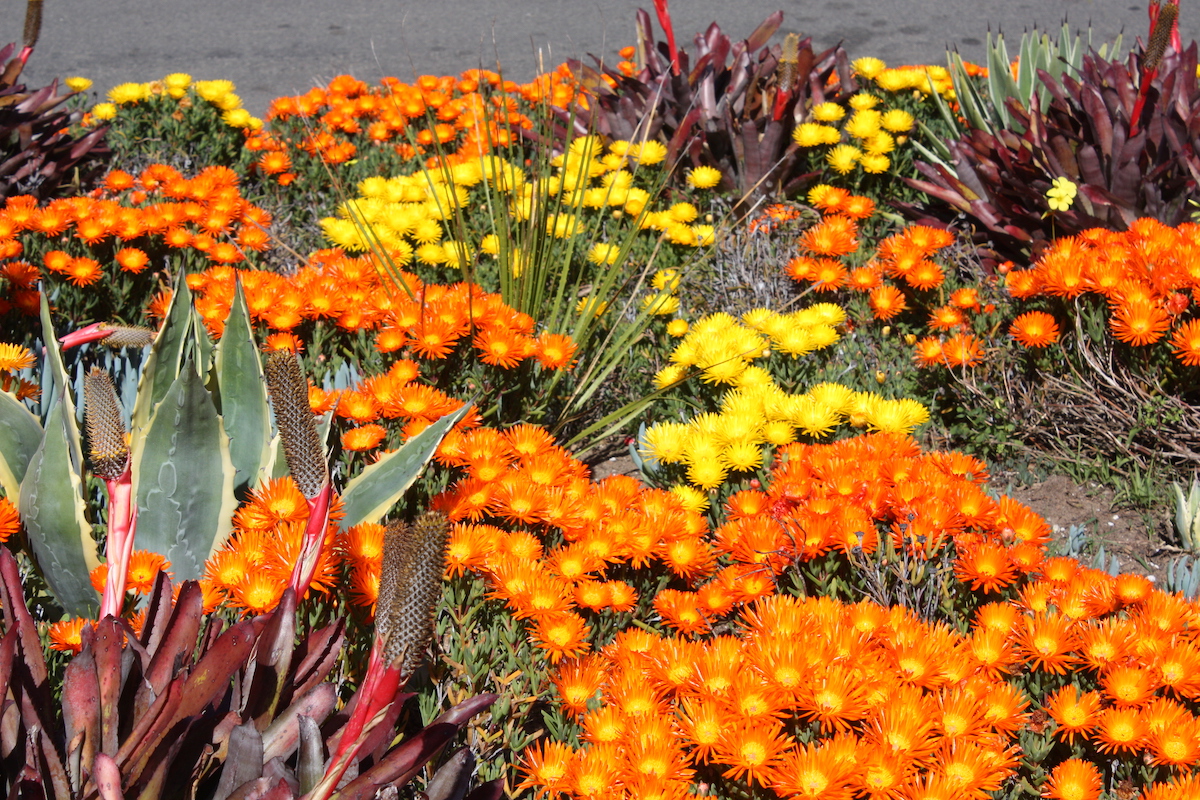
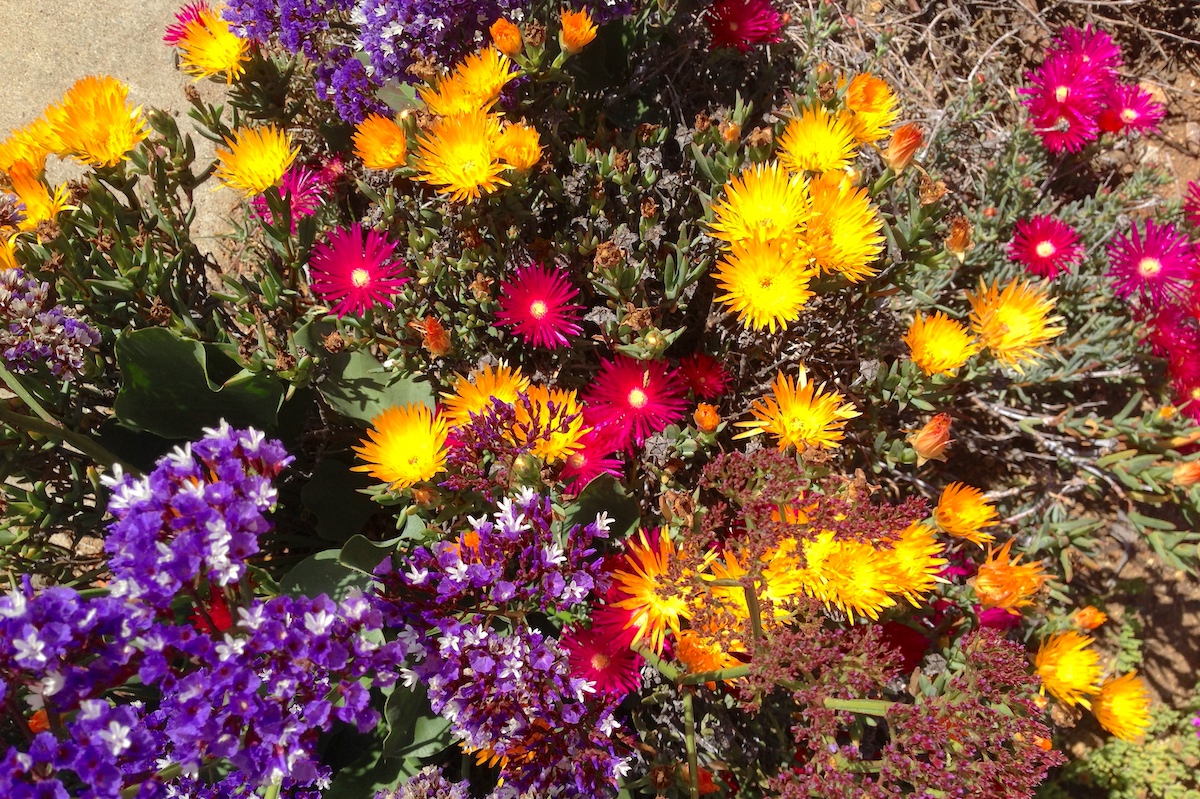

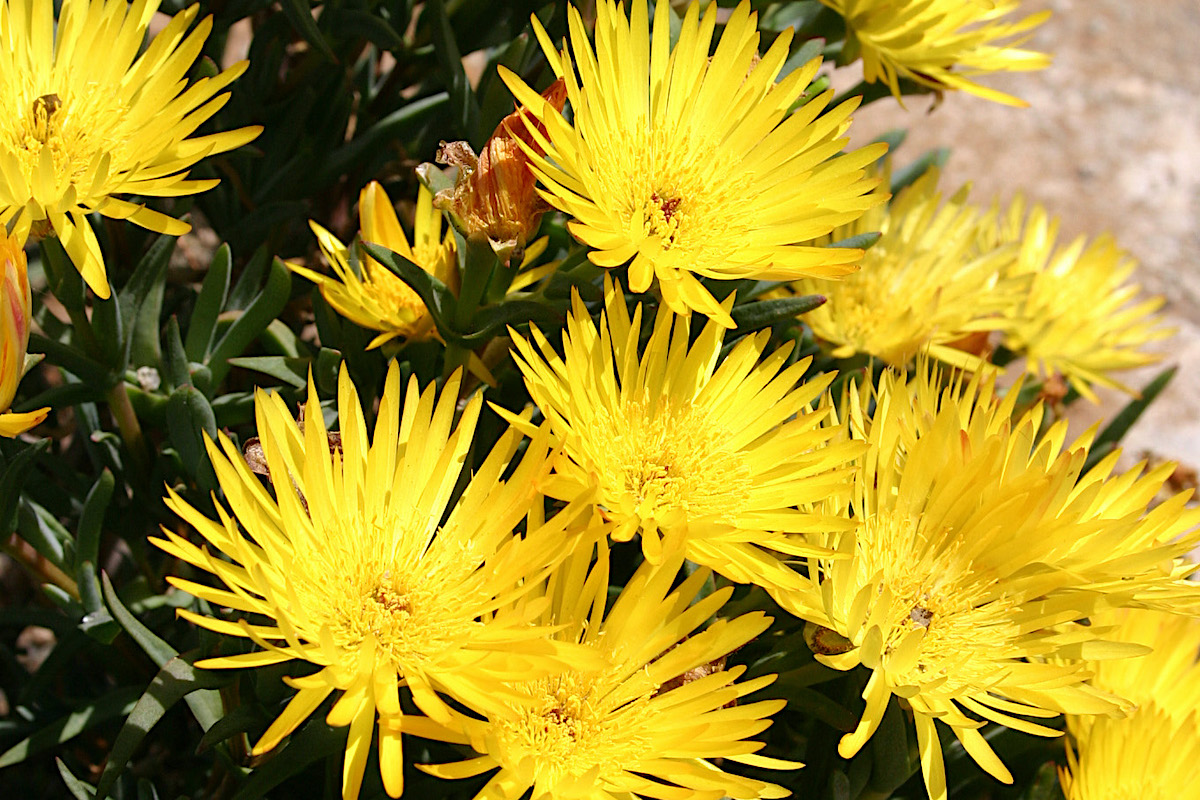
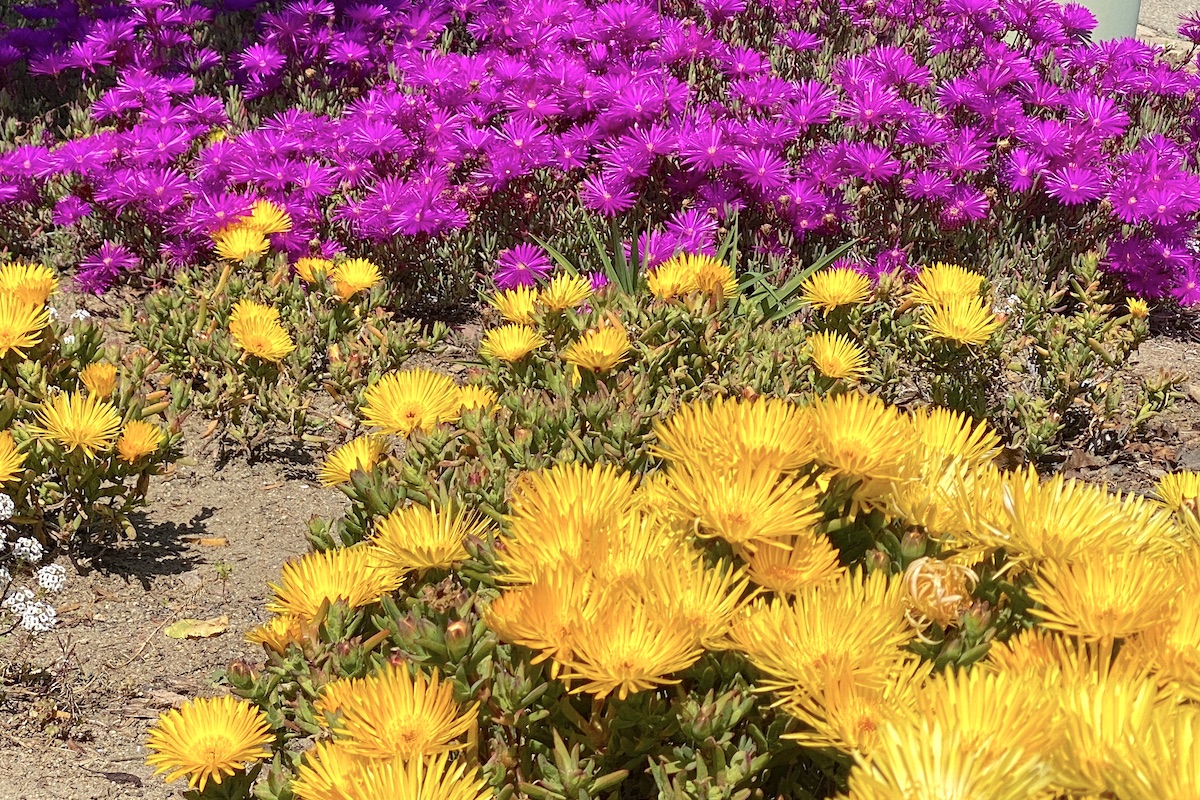
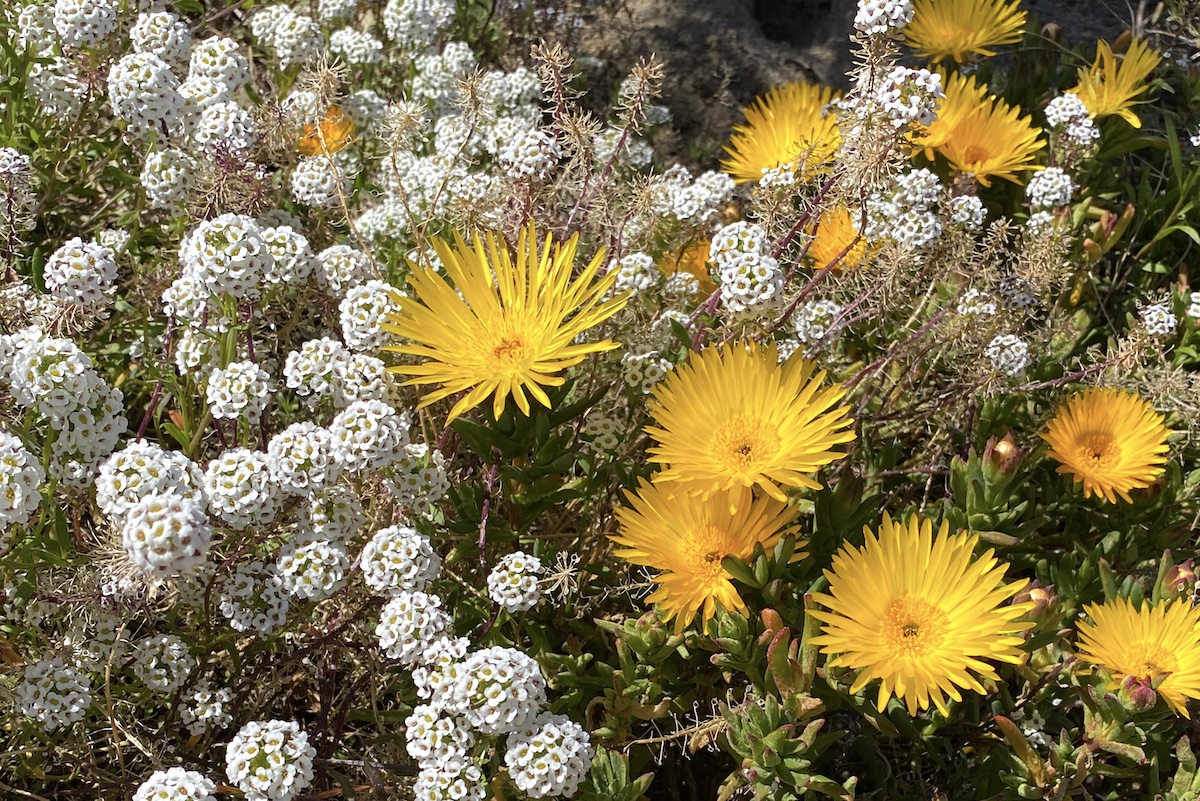
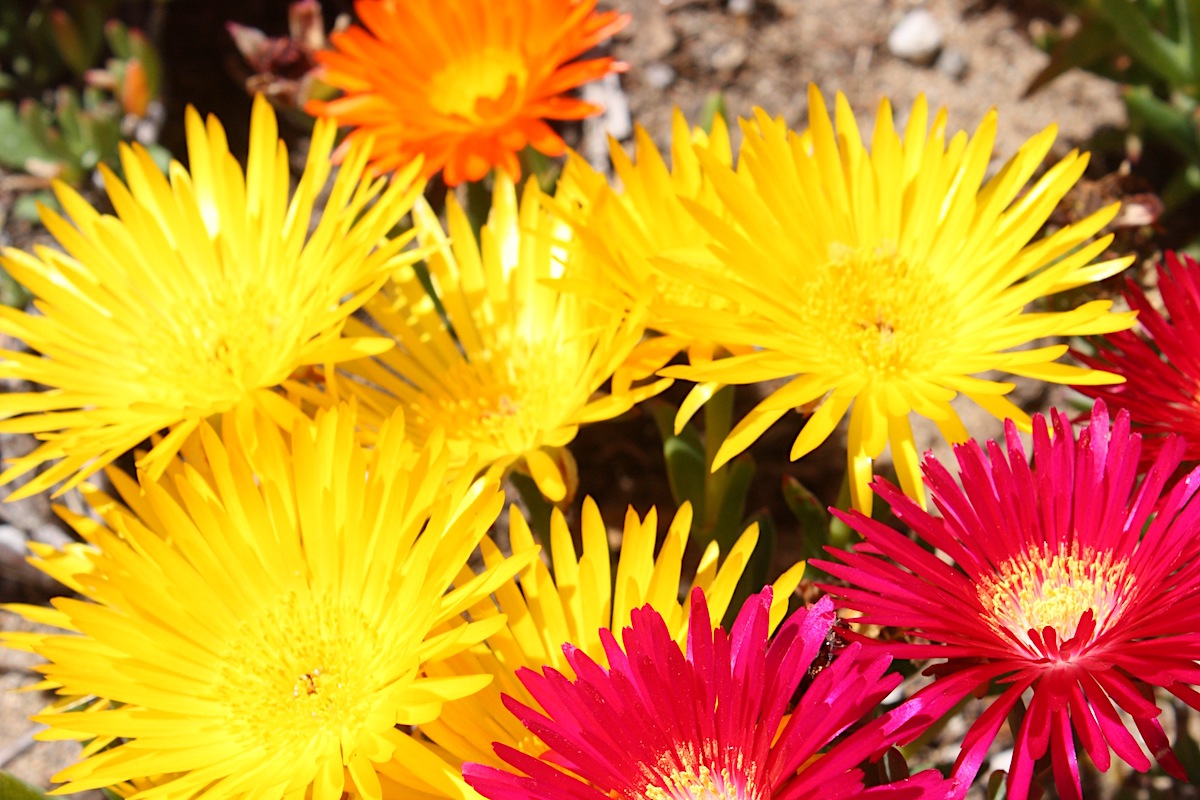
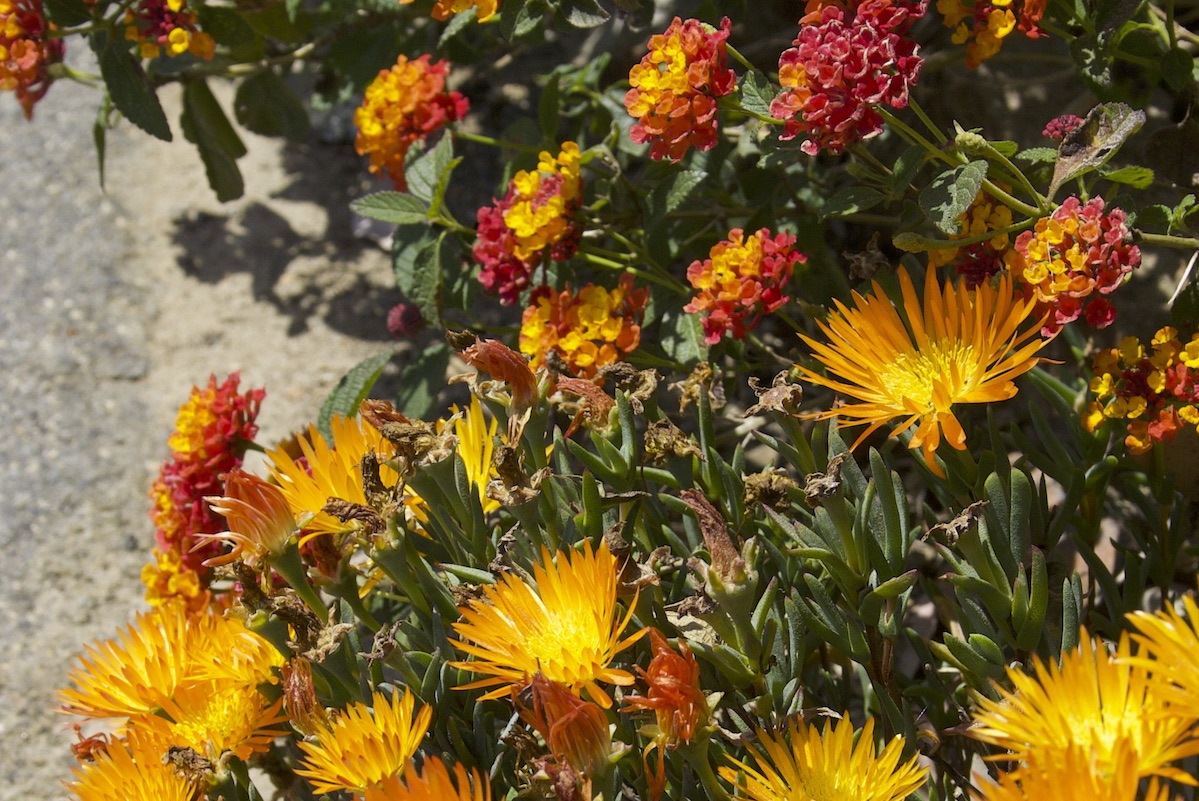

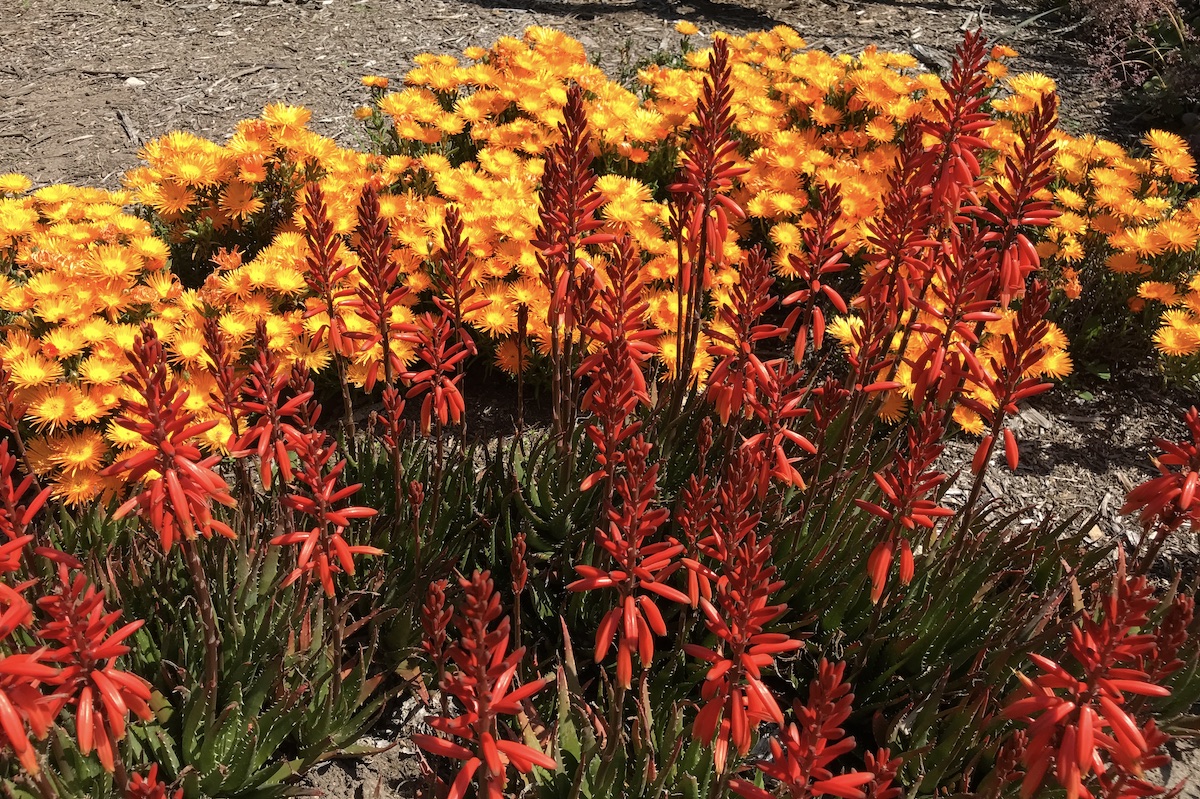
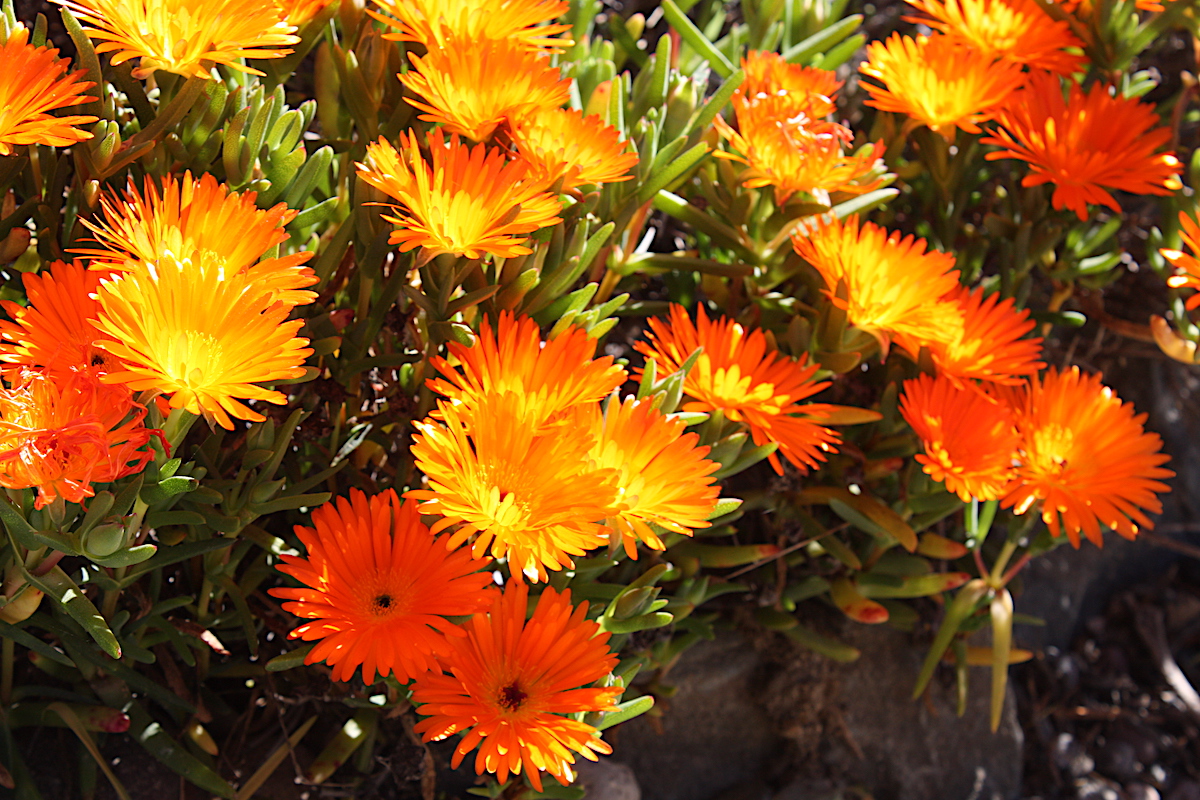
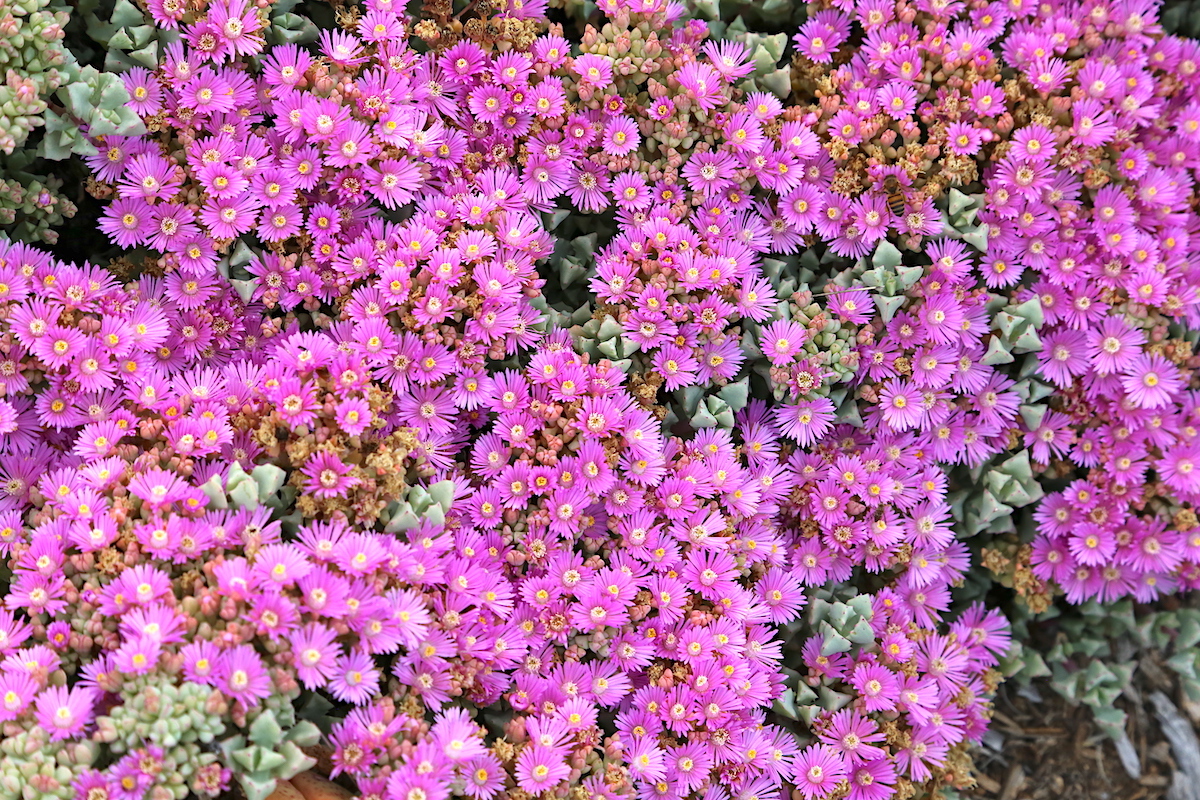
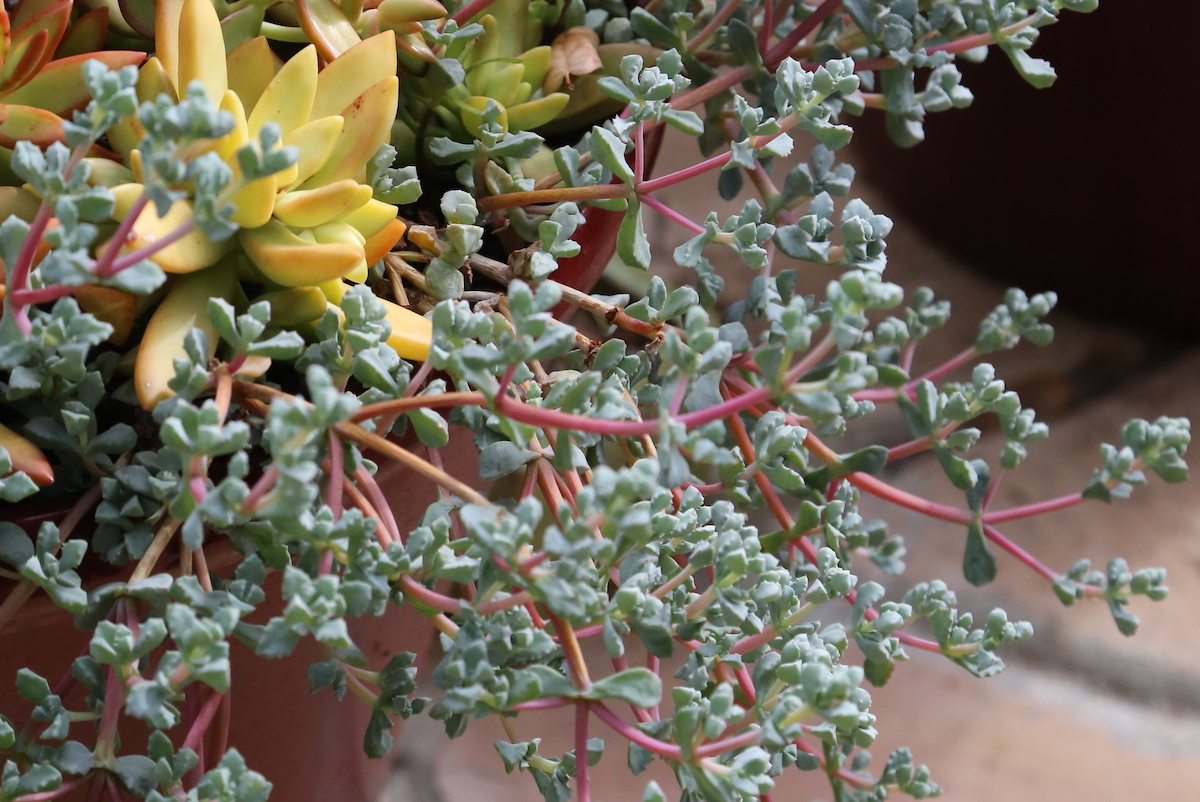
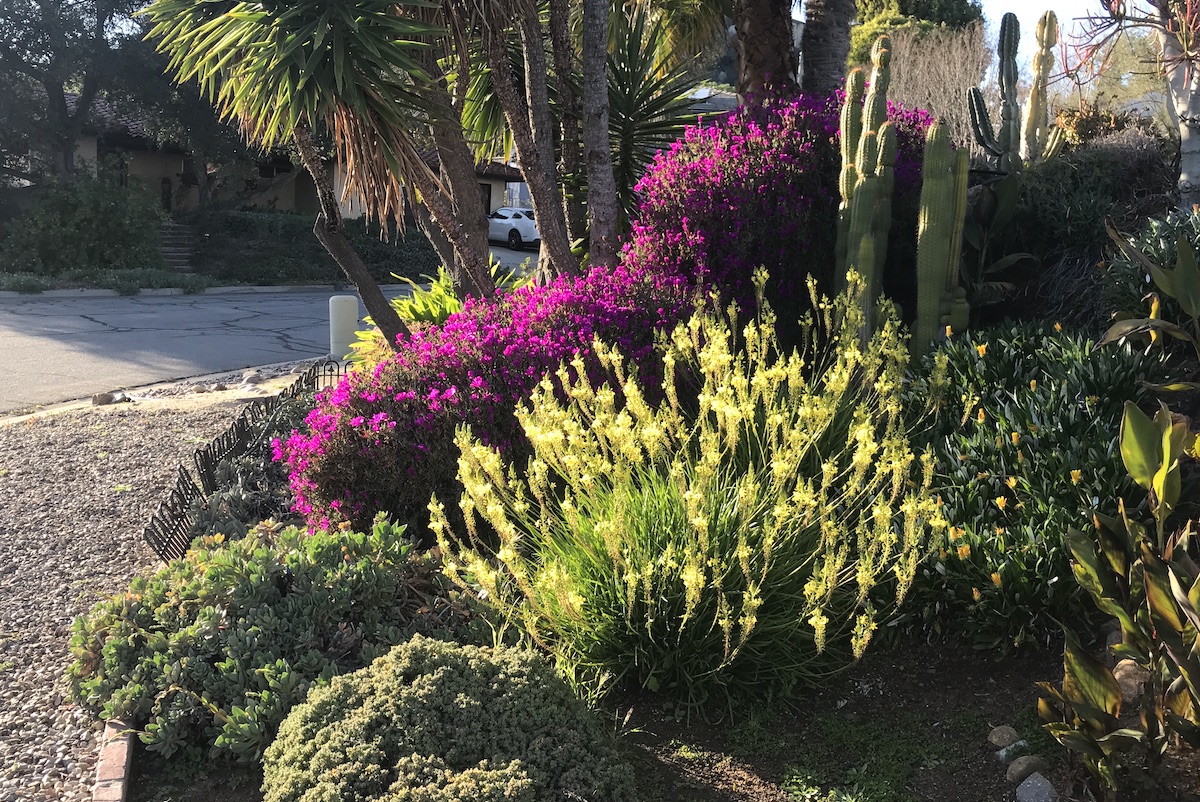
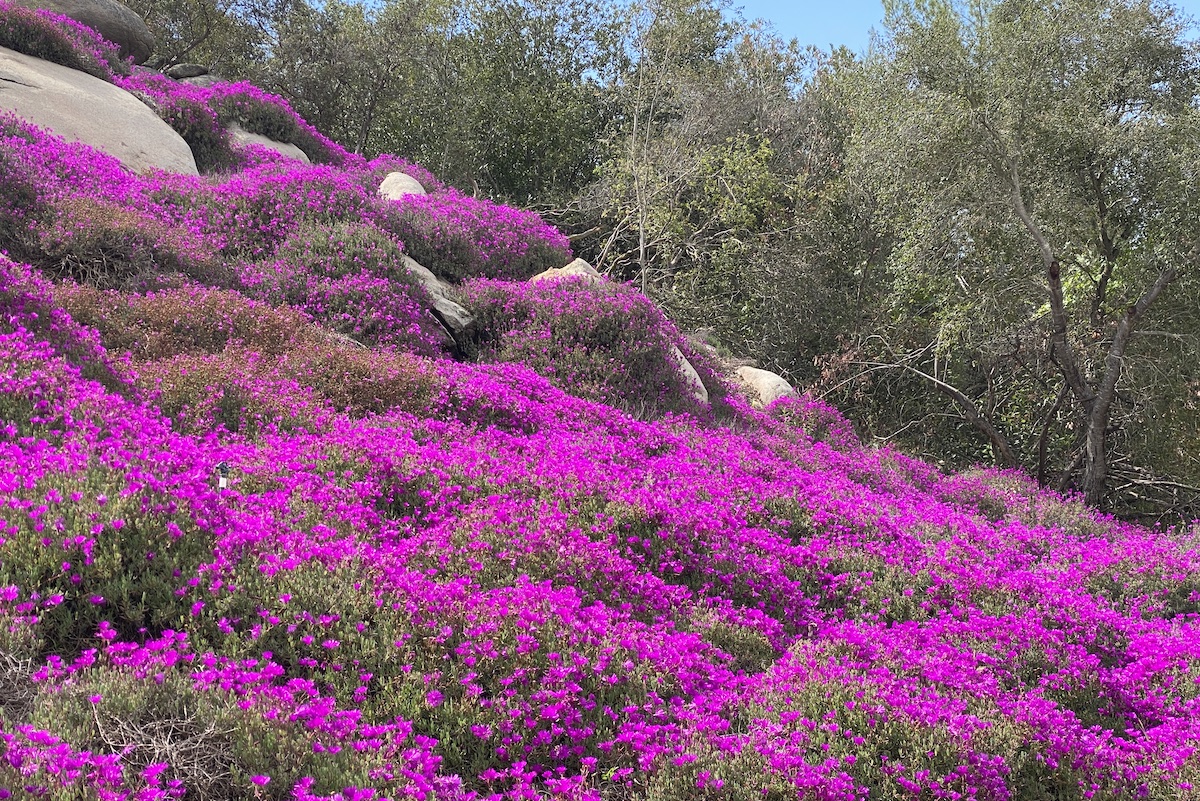
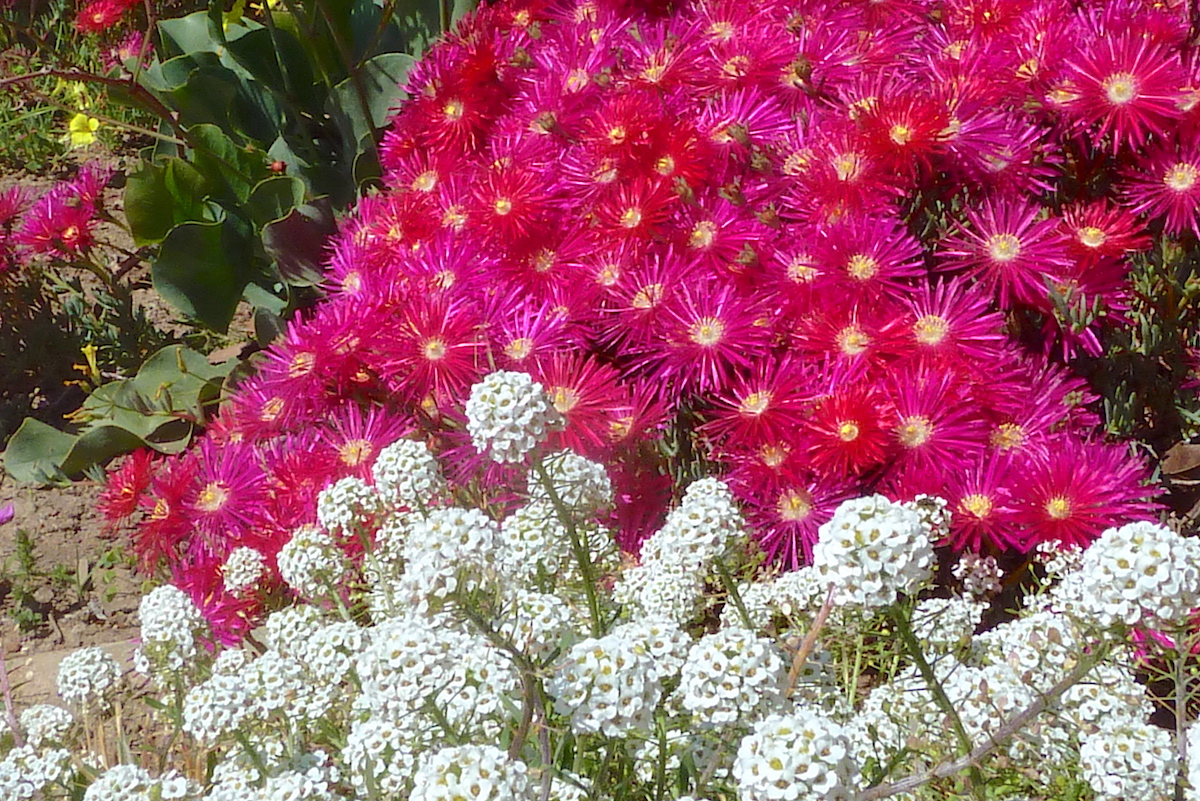
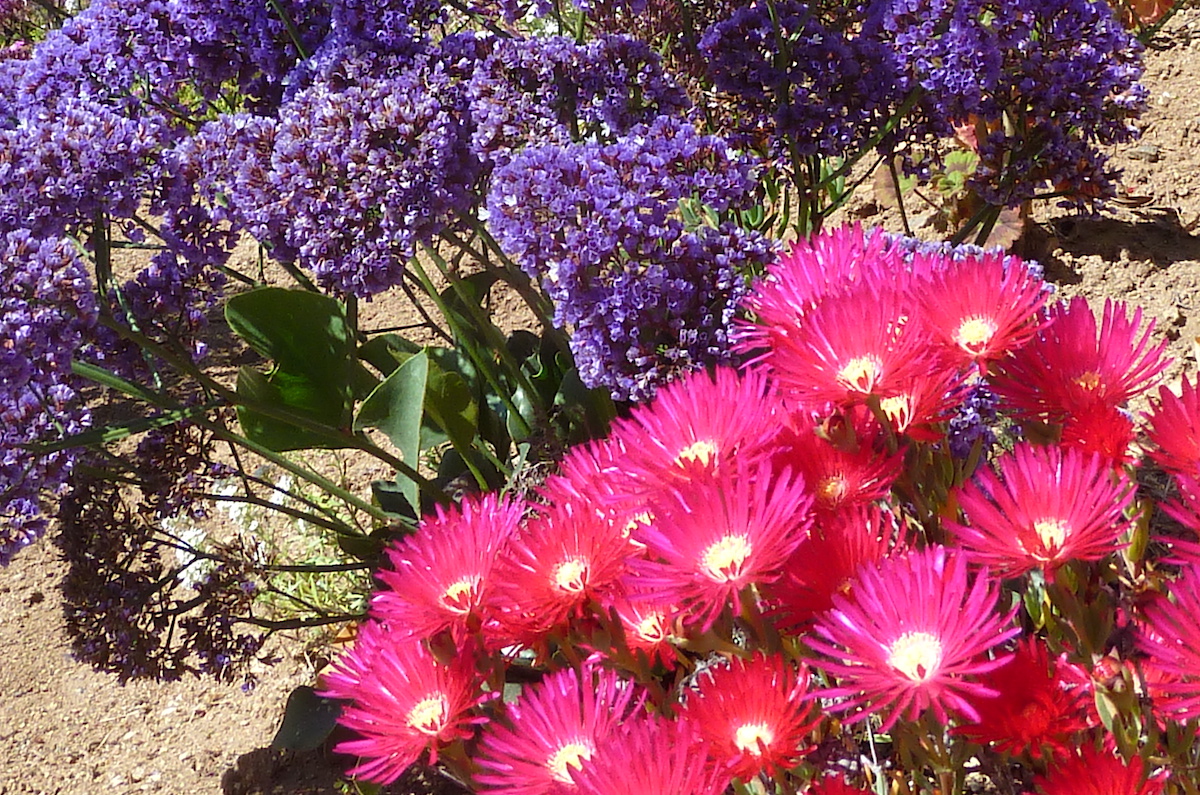

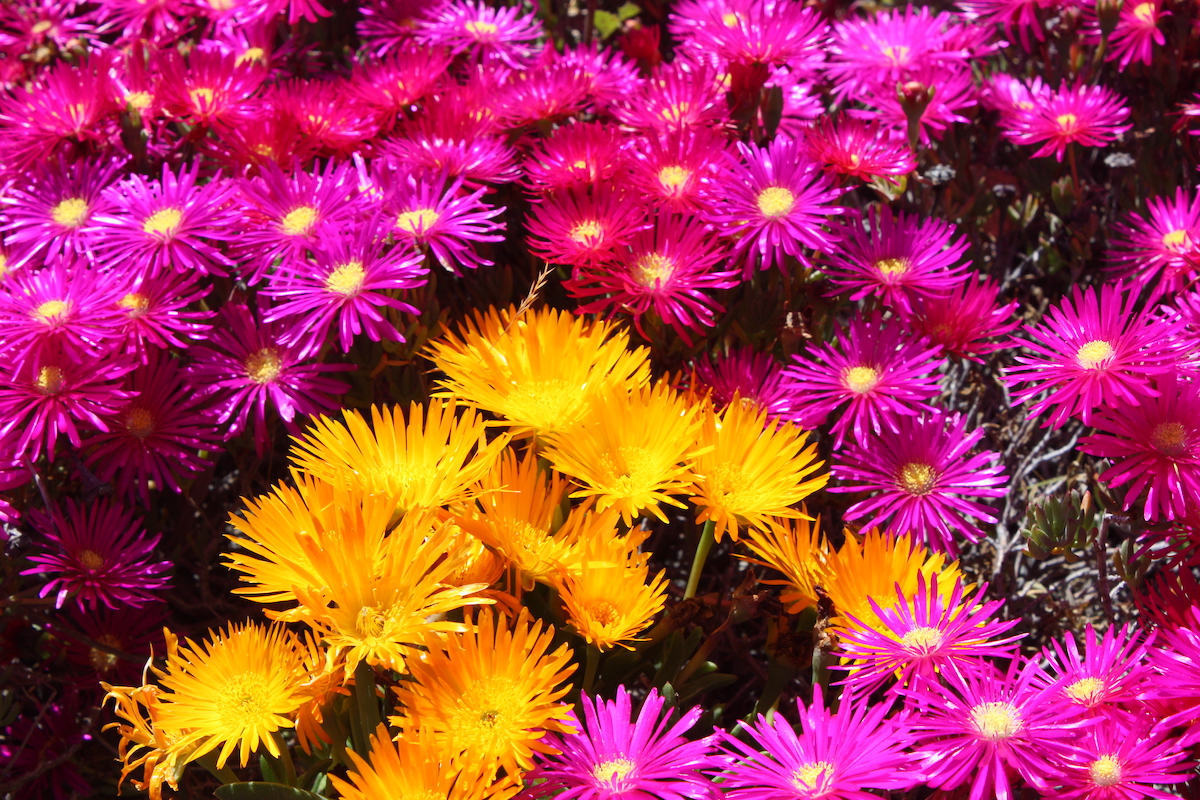

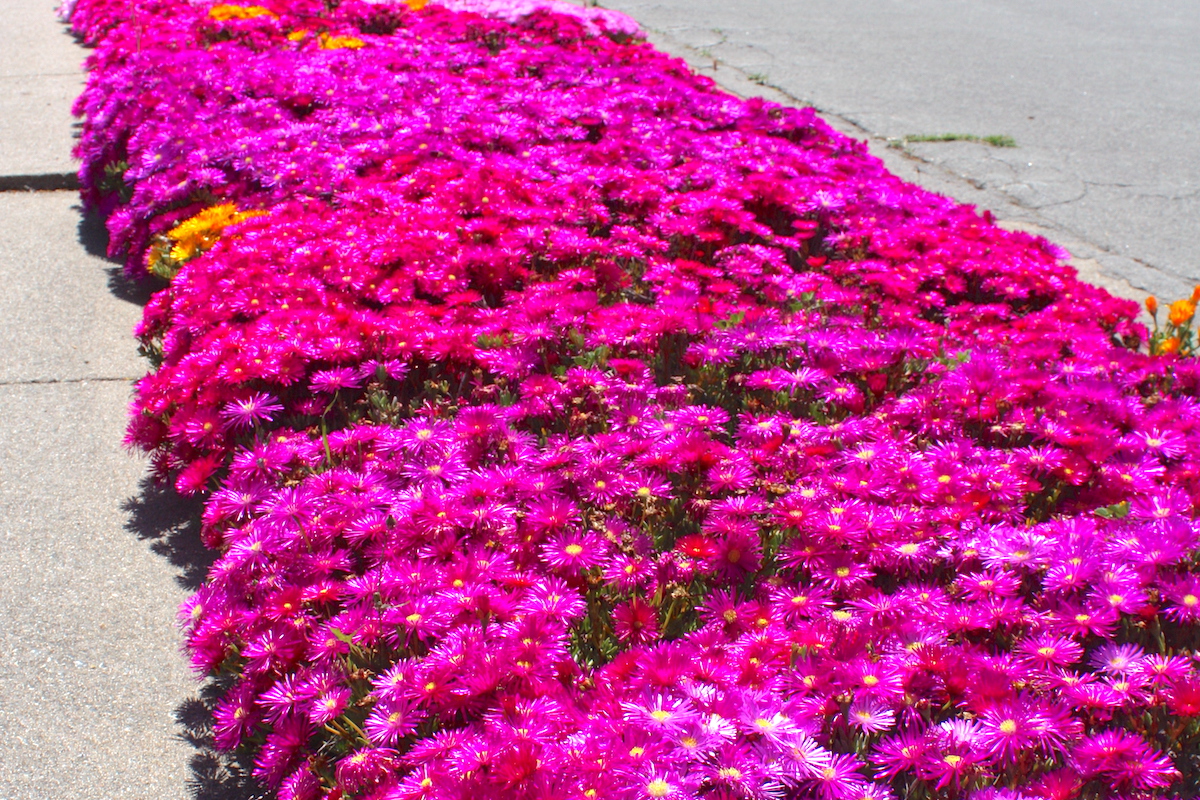
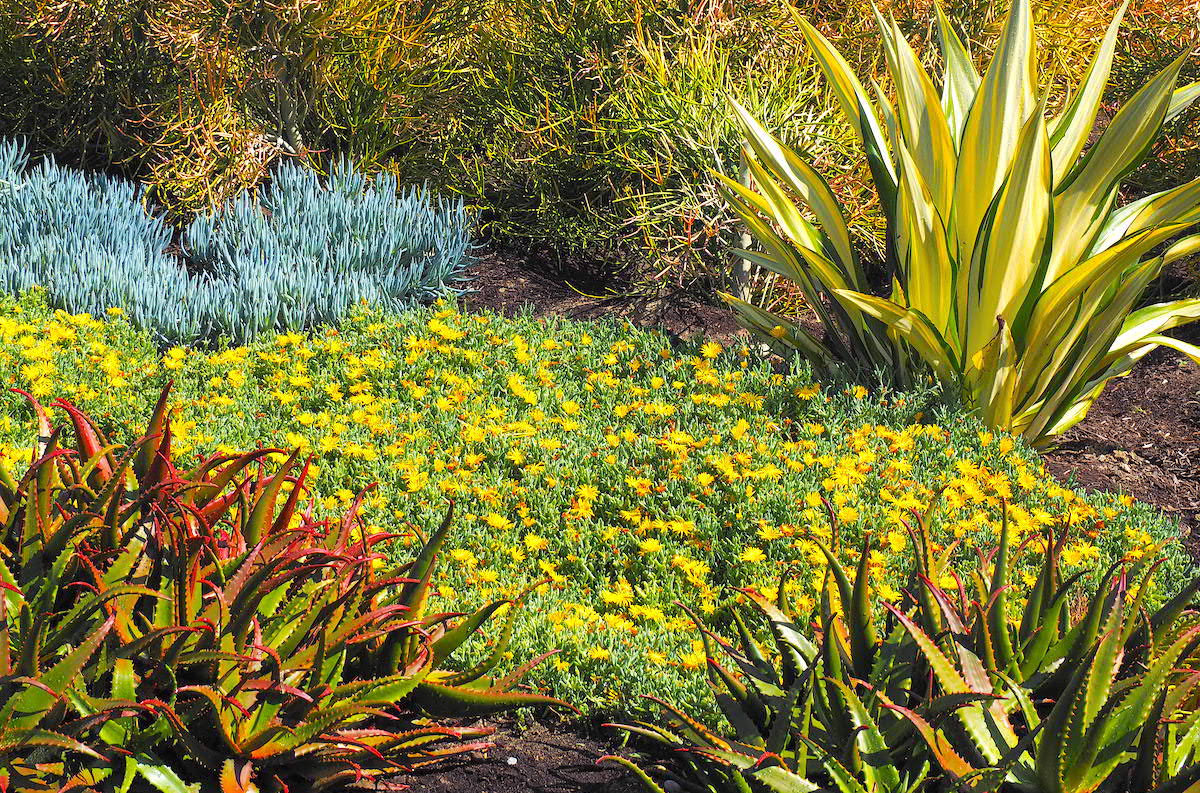
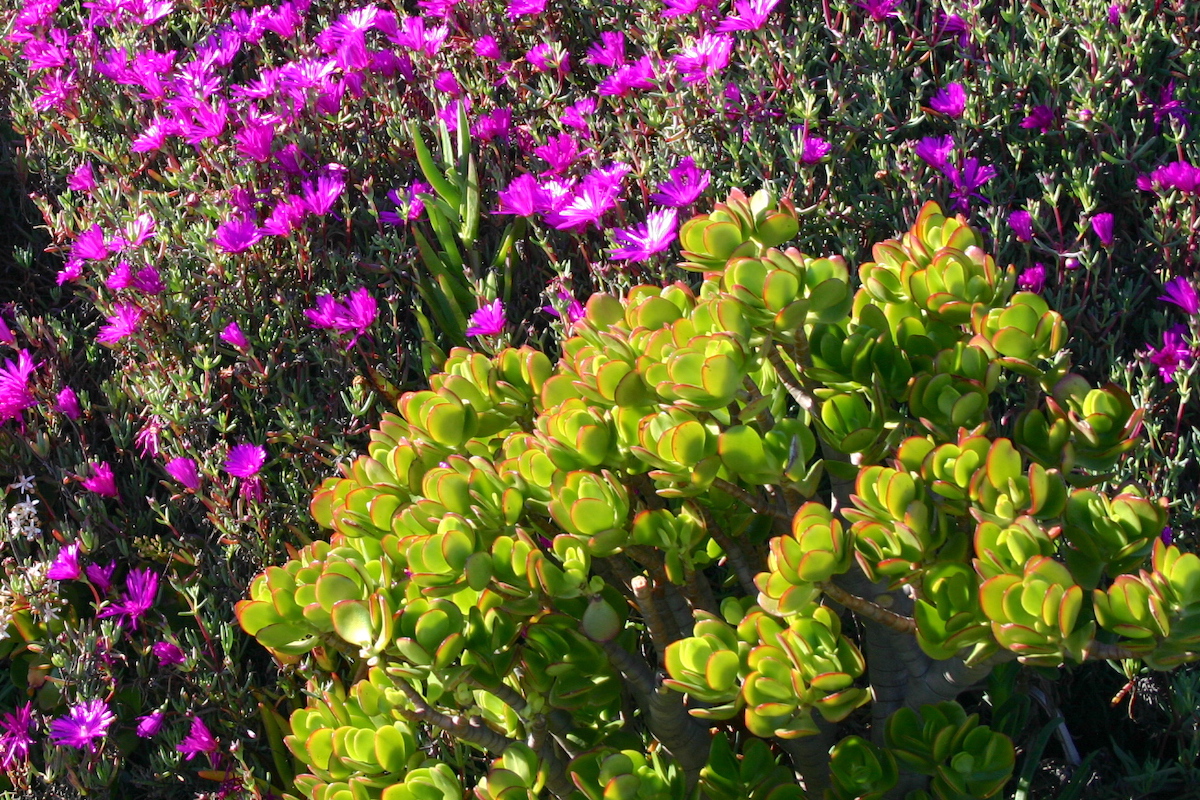
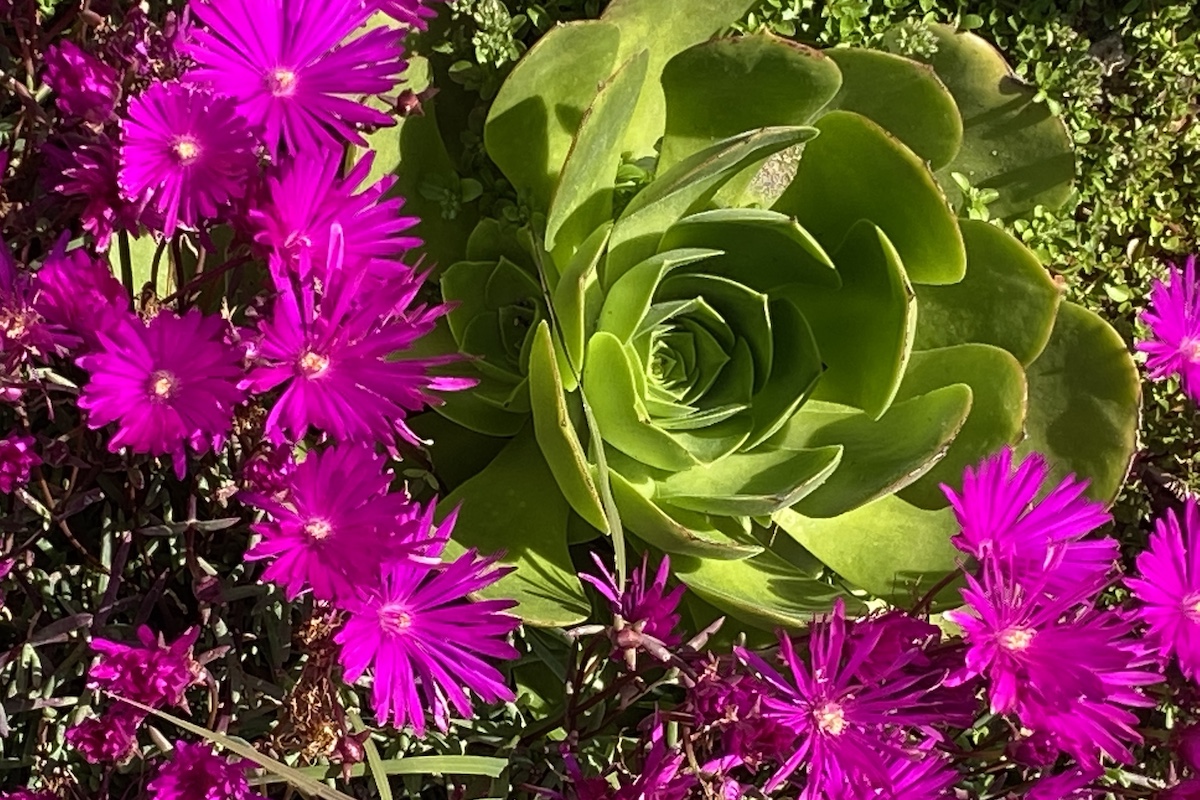
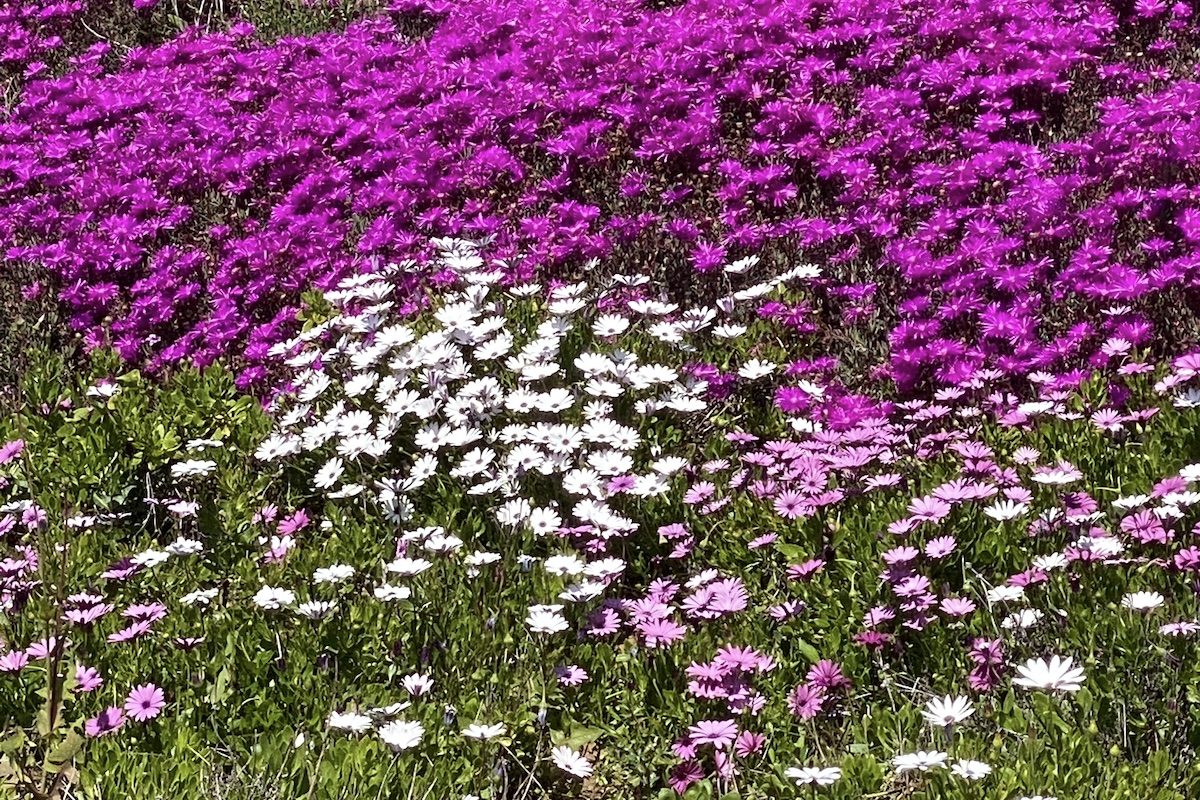
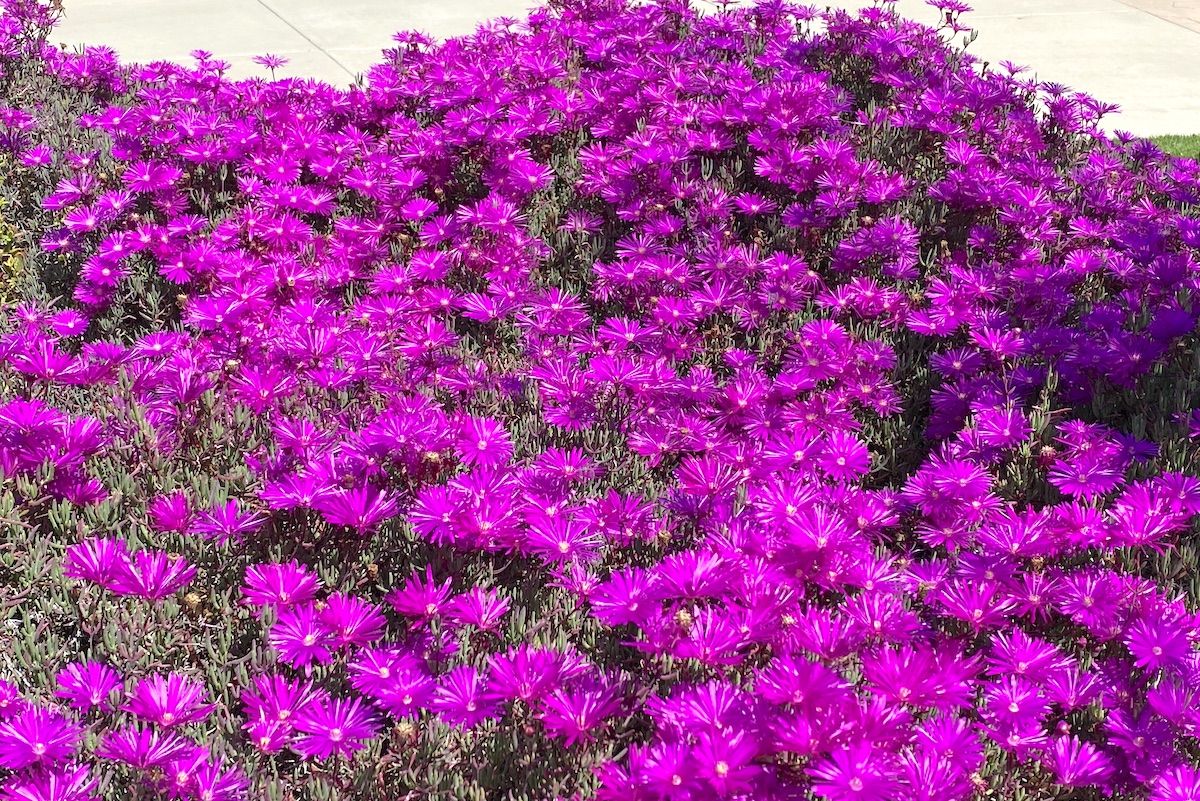
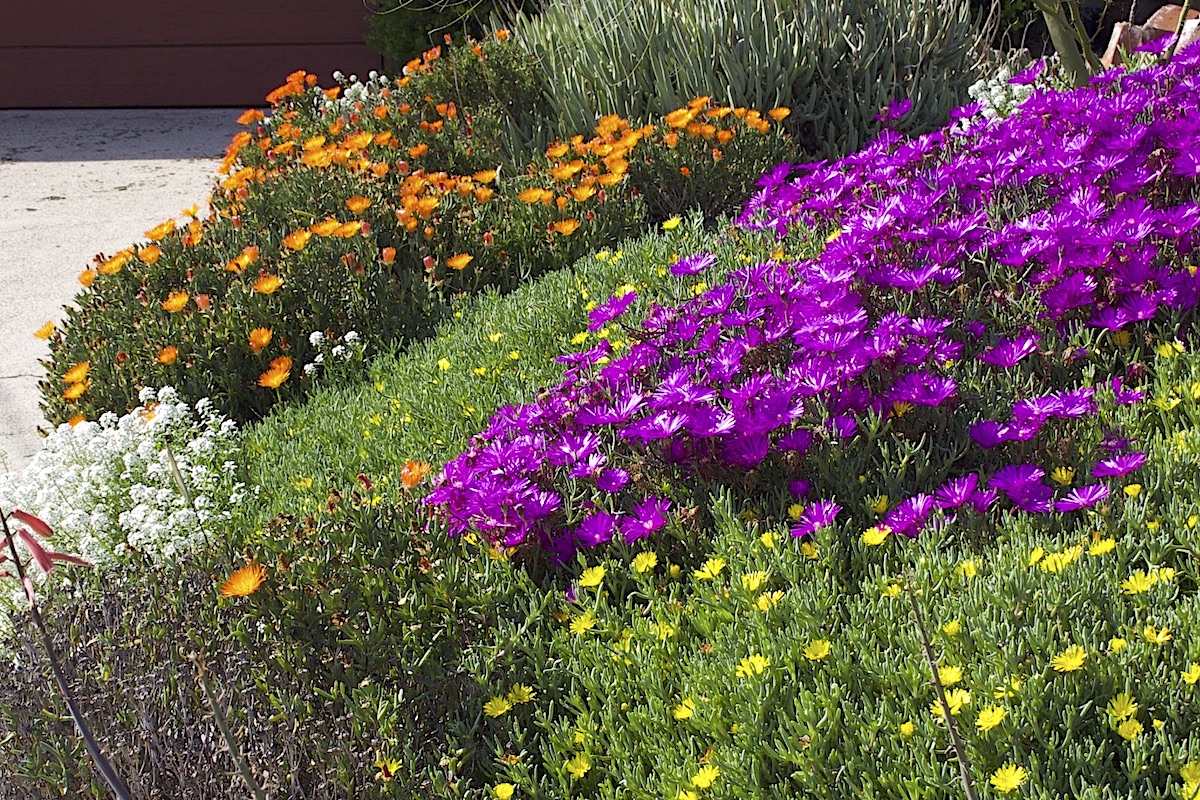
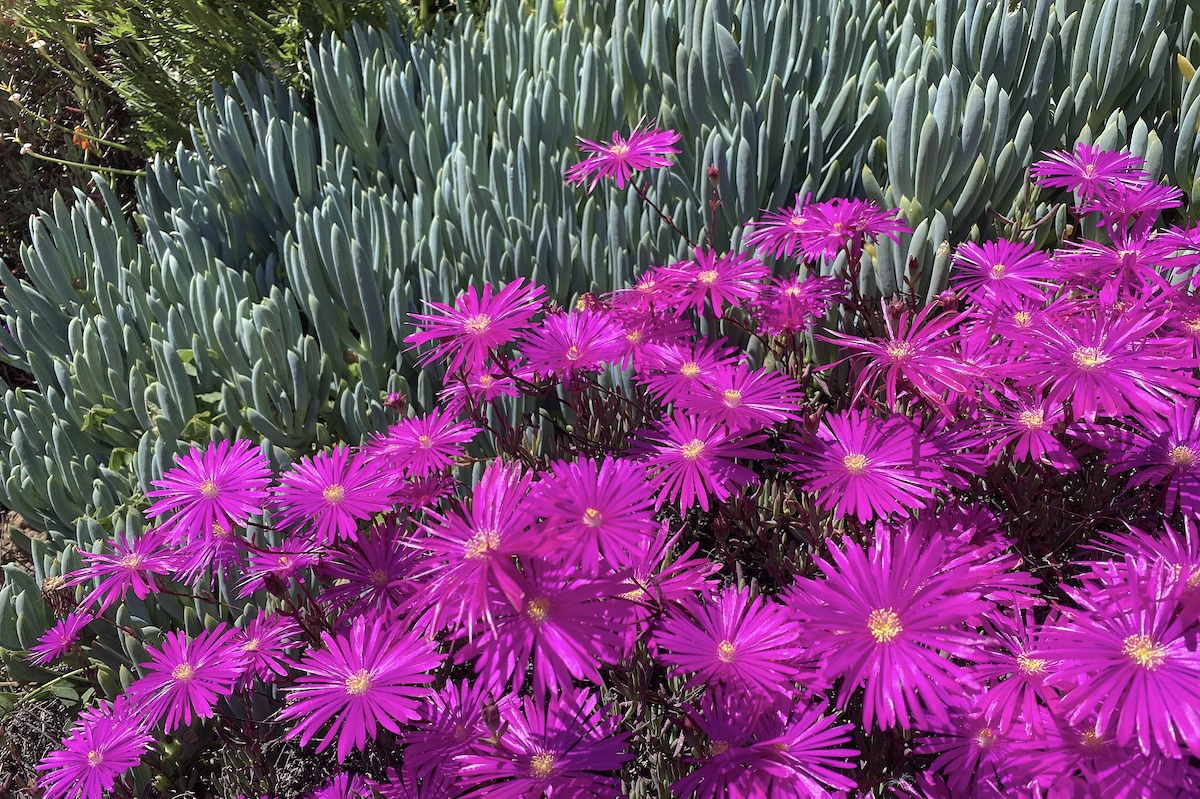
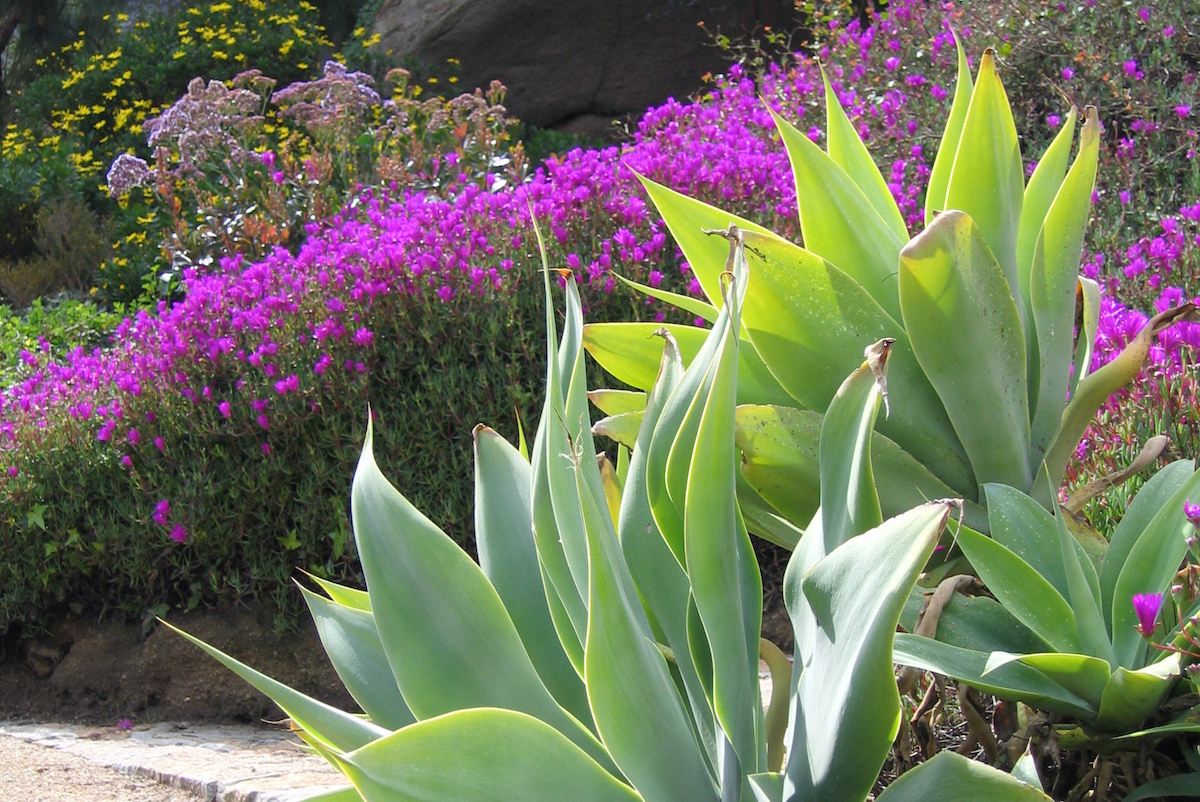
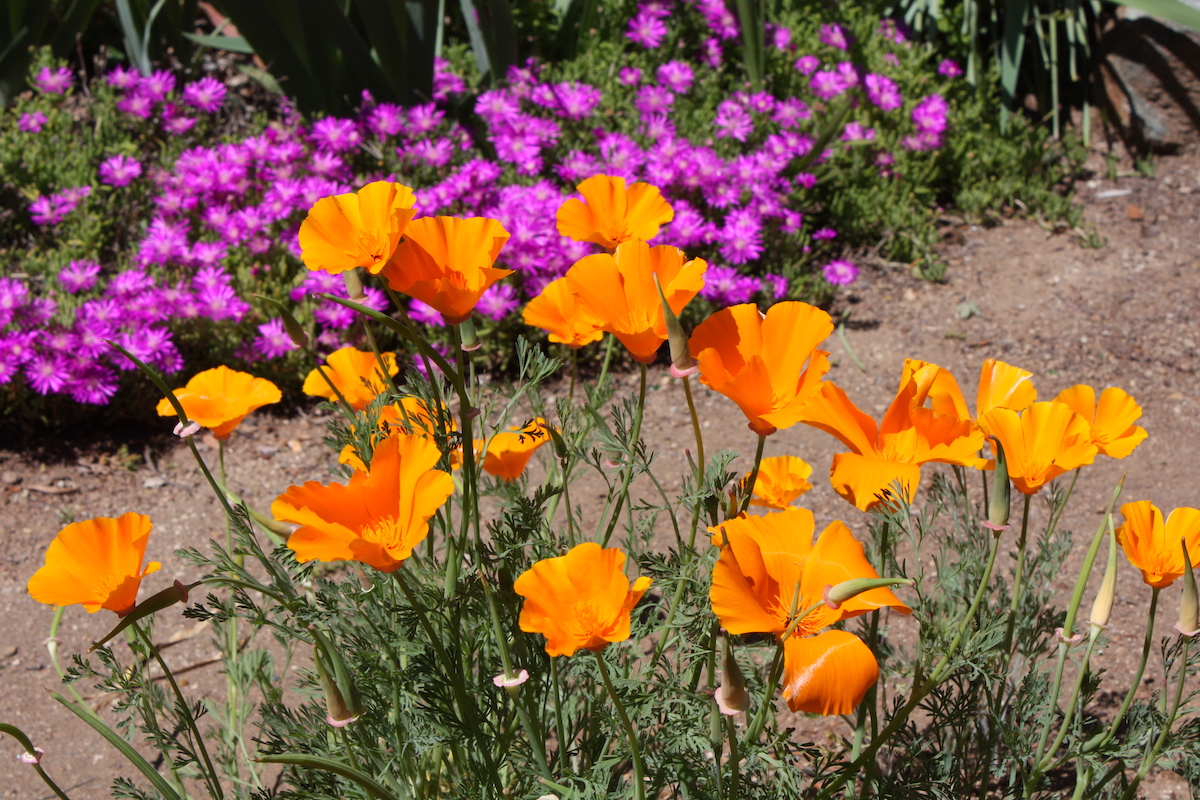
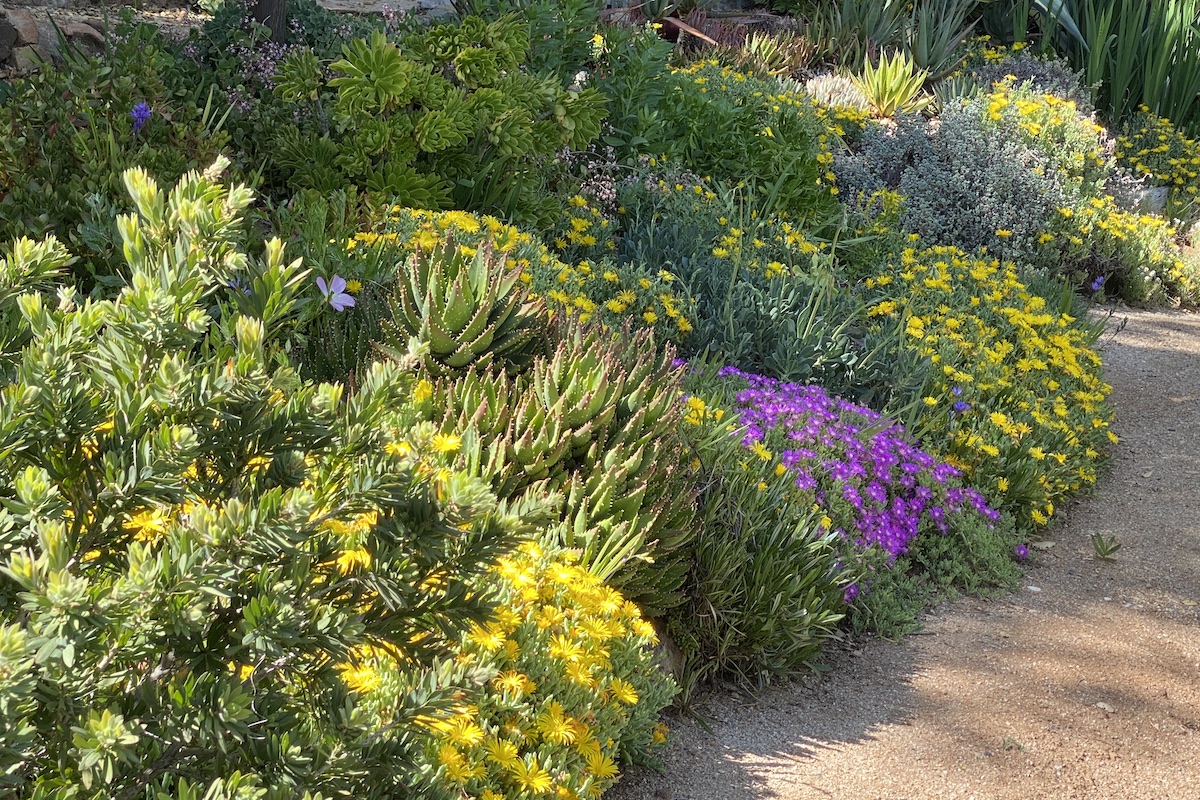
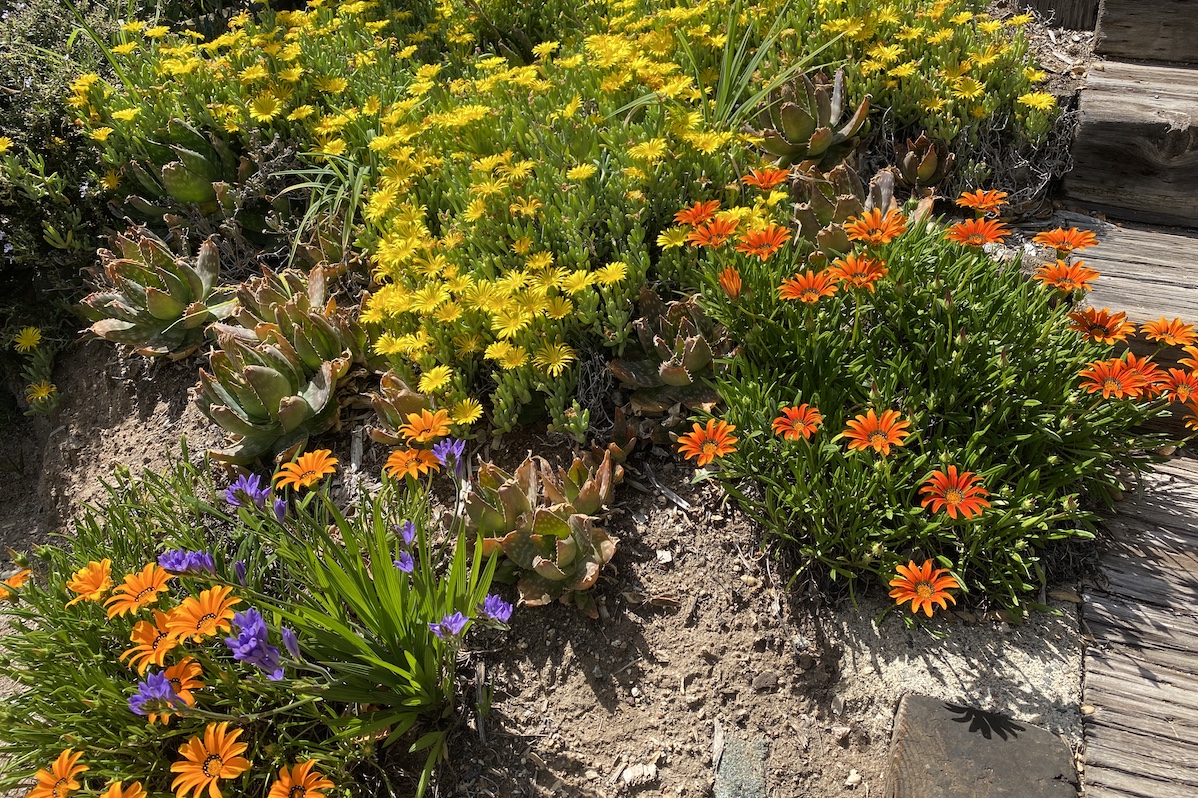
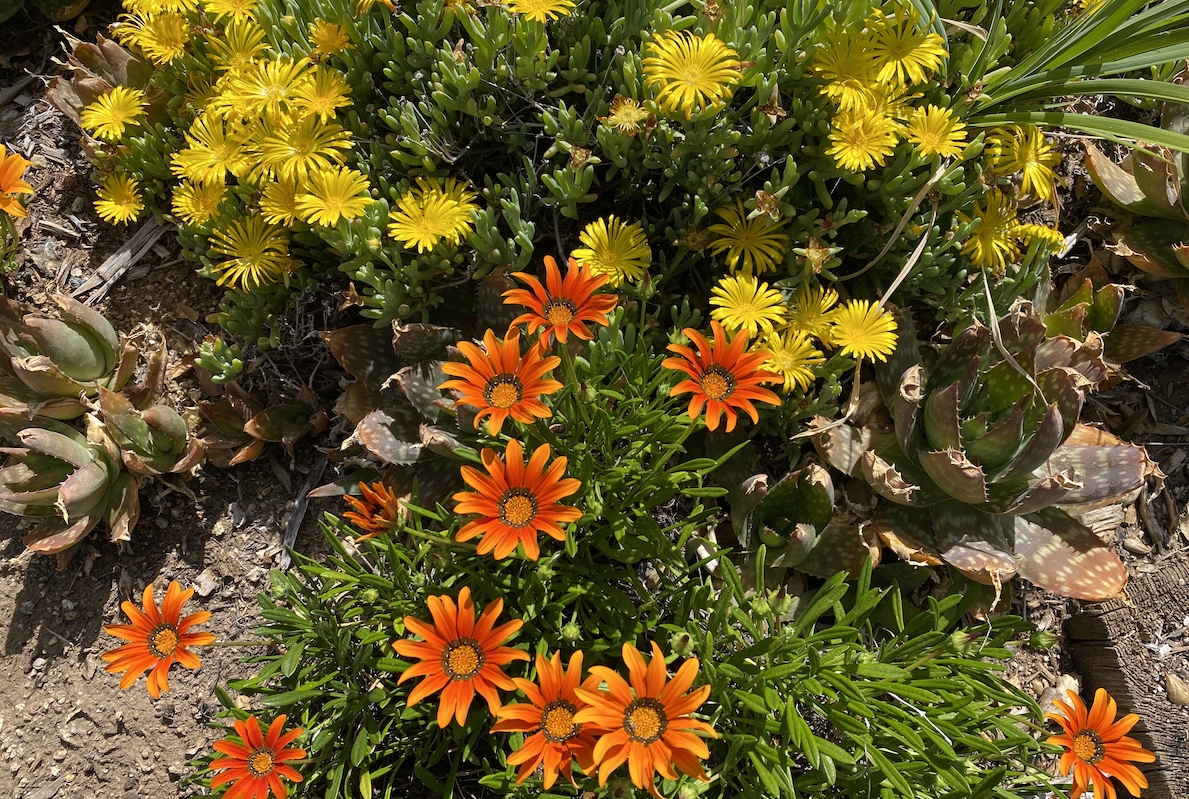
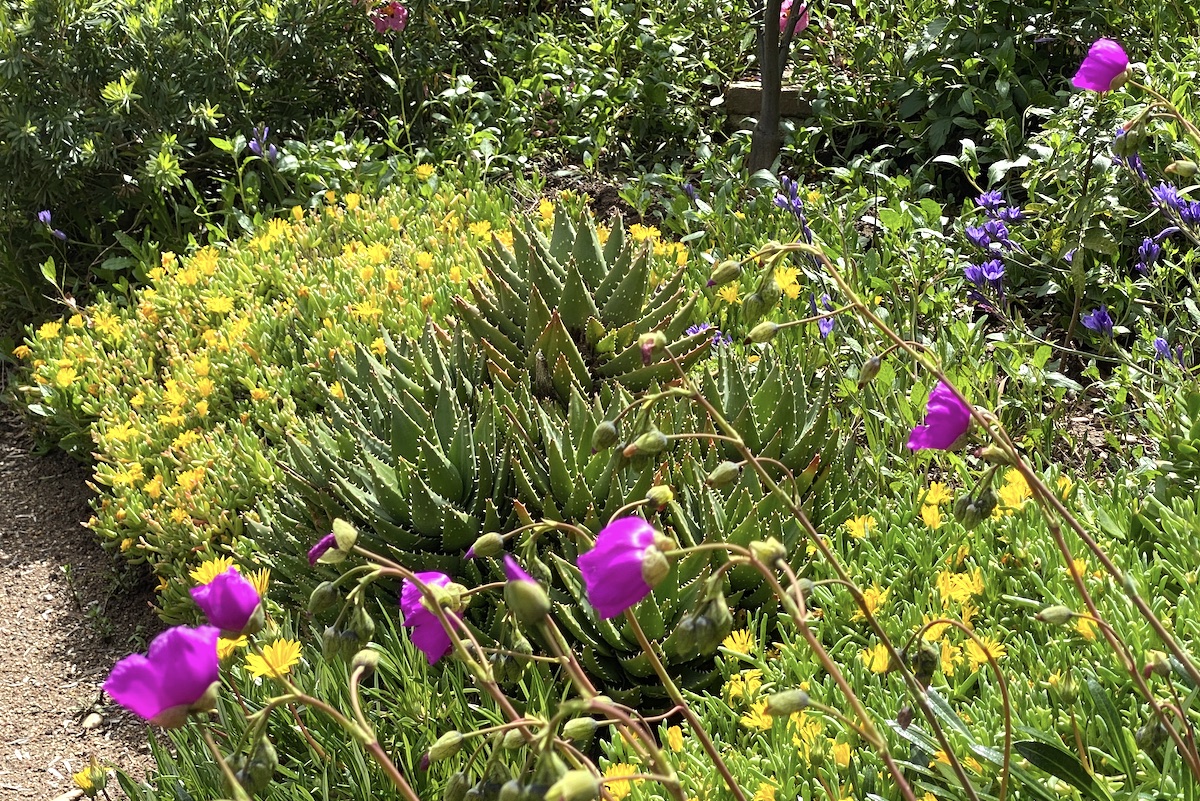
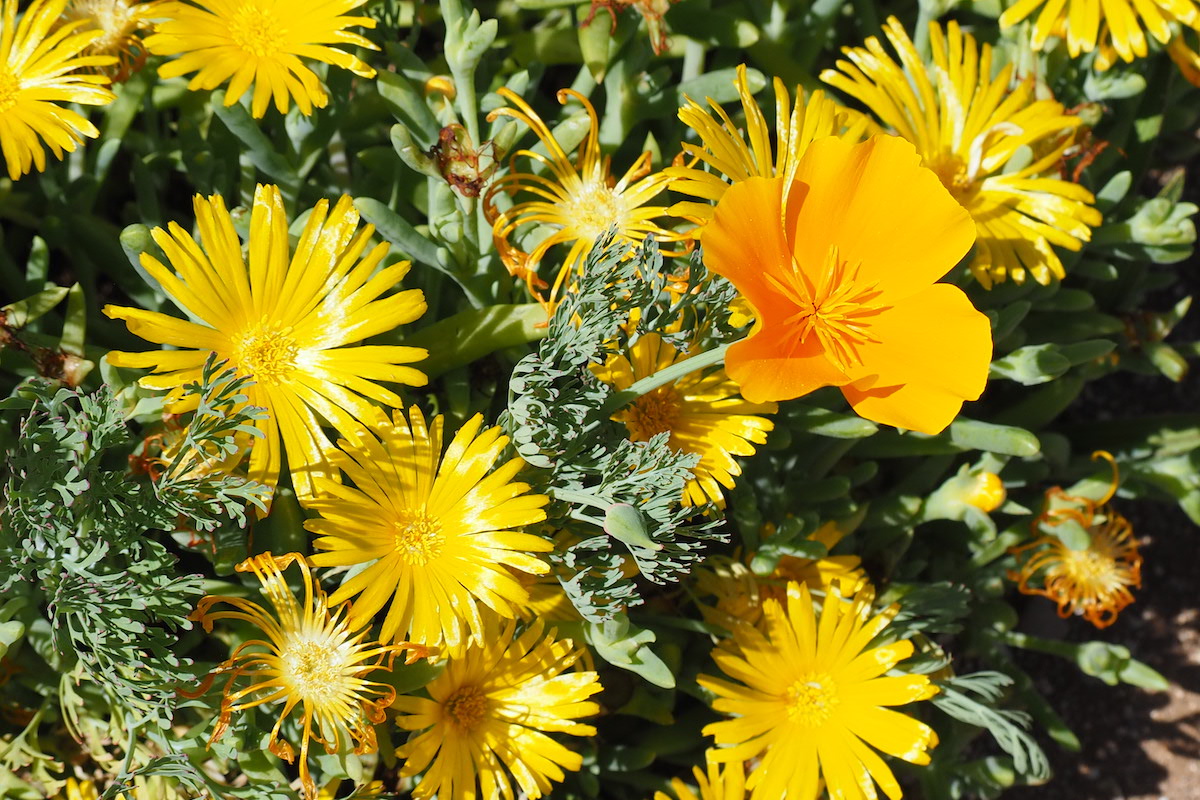
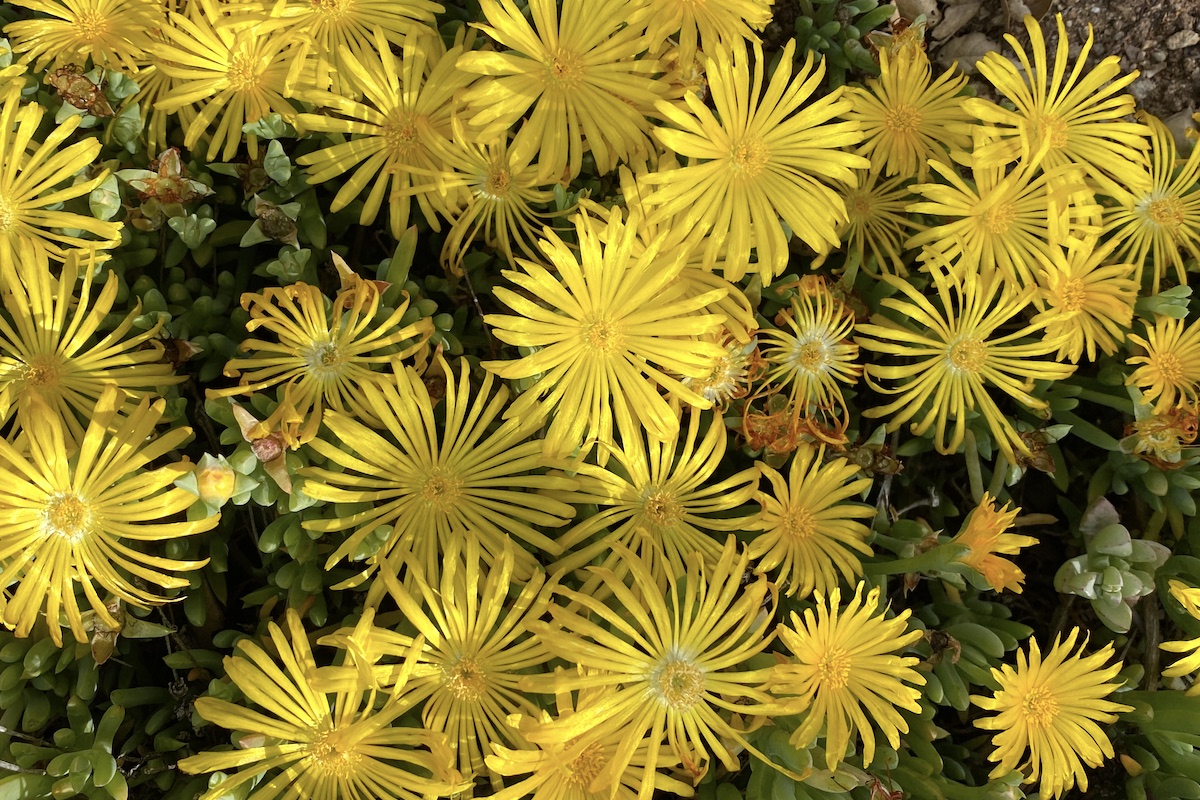

-custom_crop.jpg)